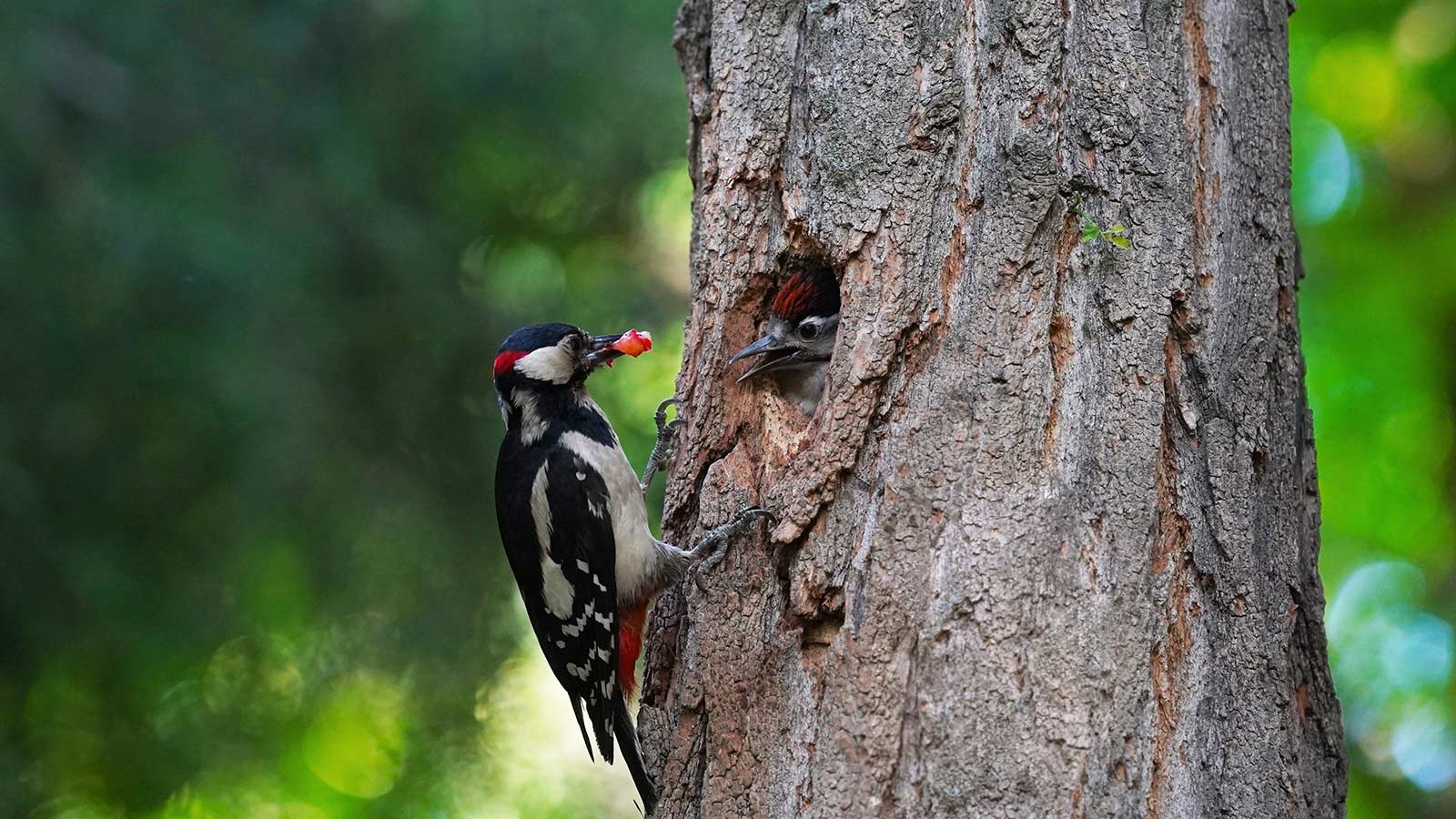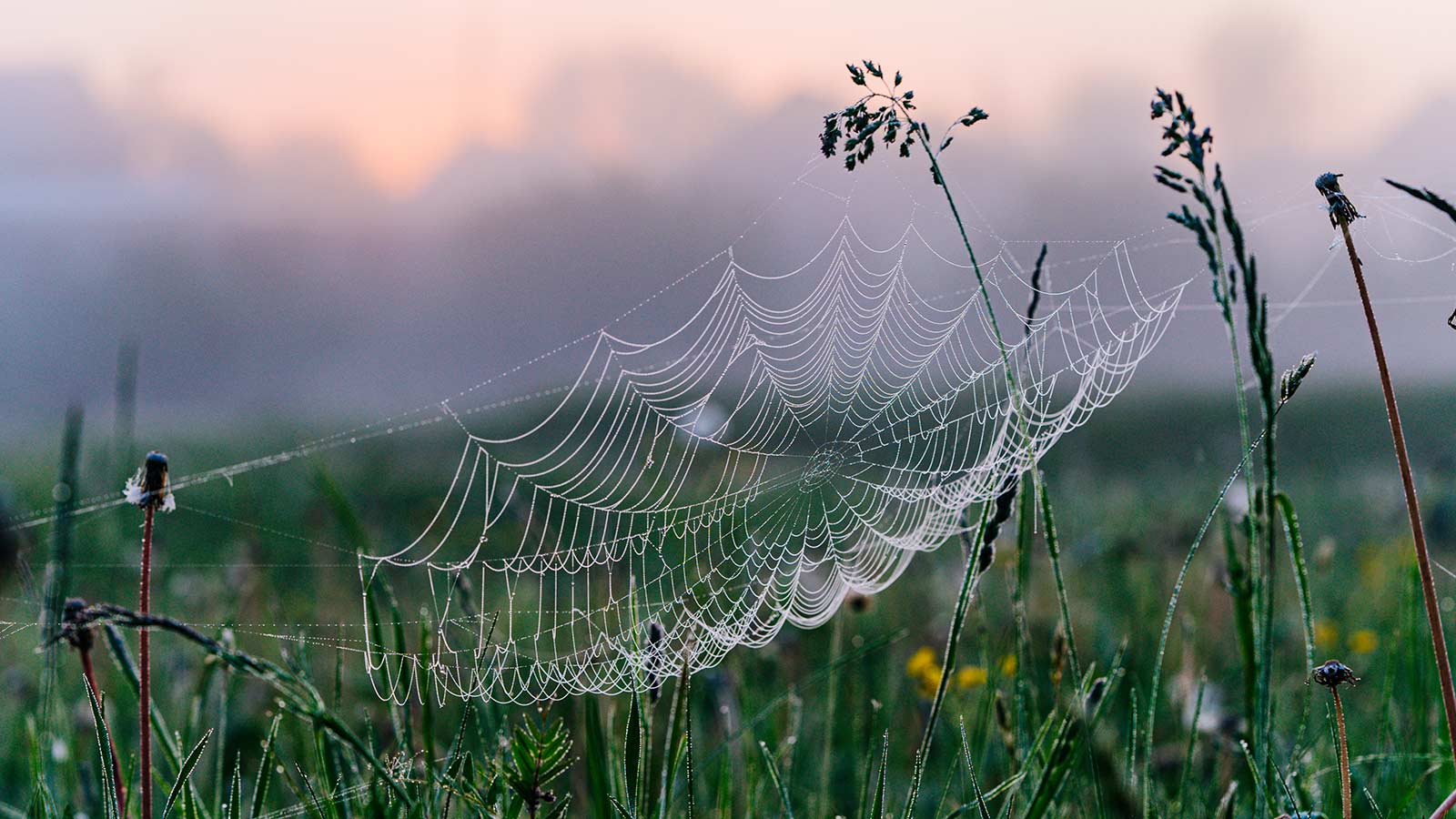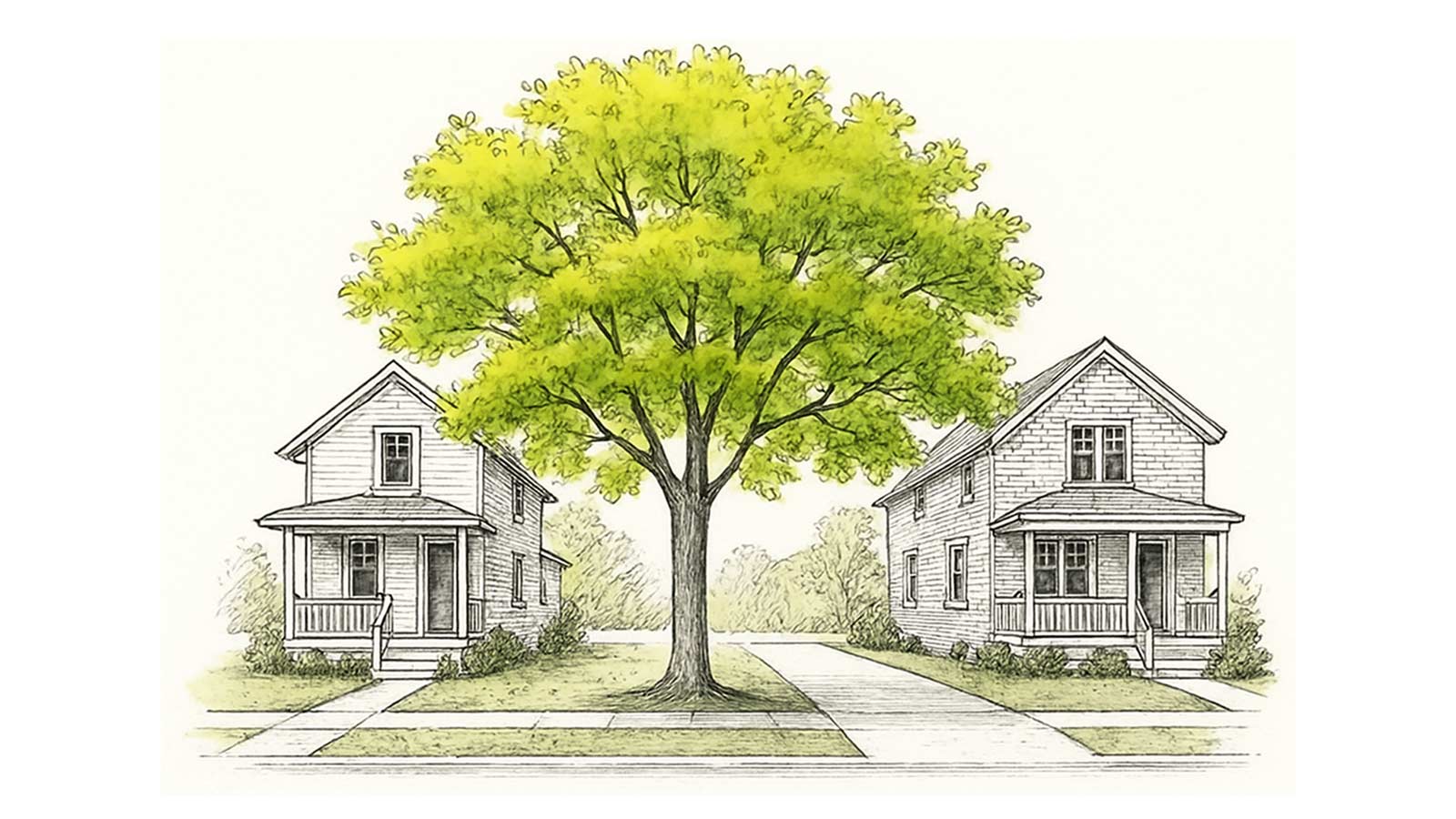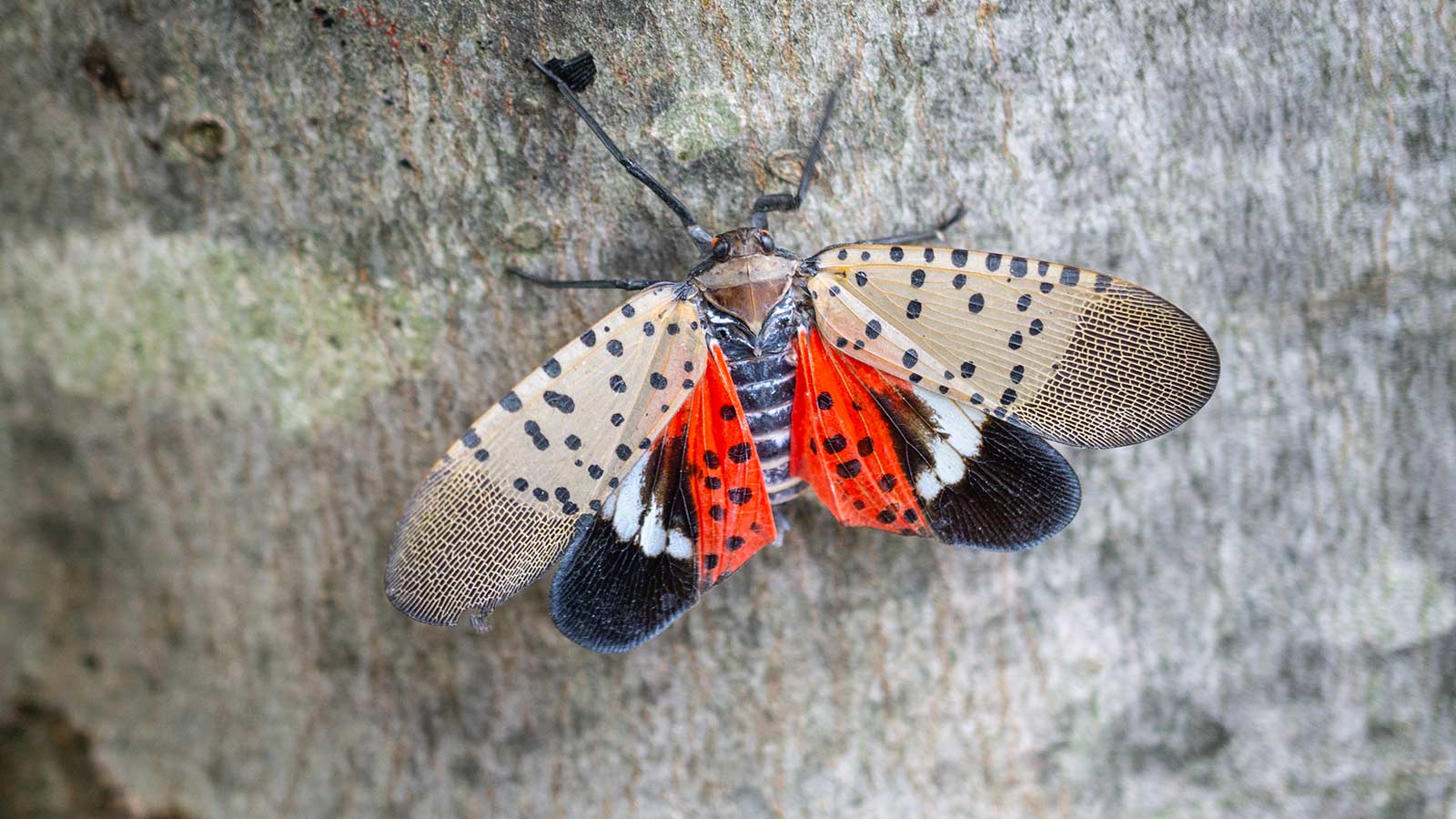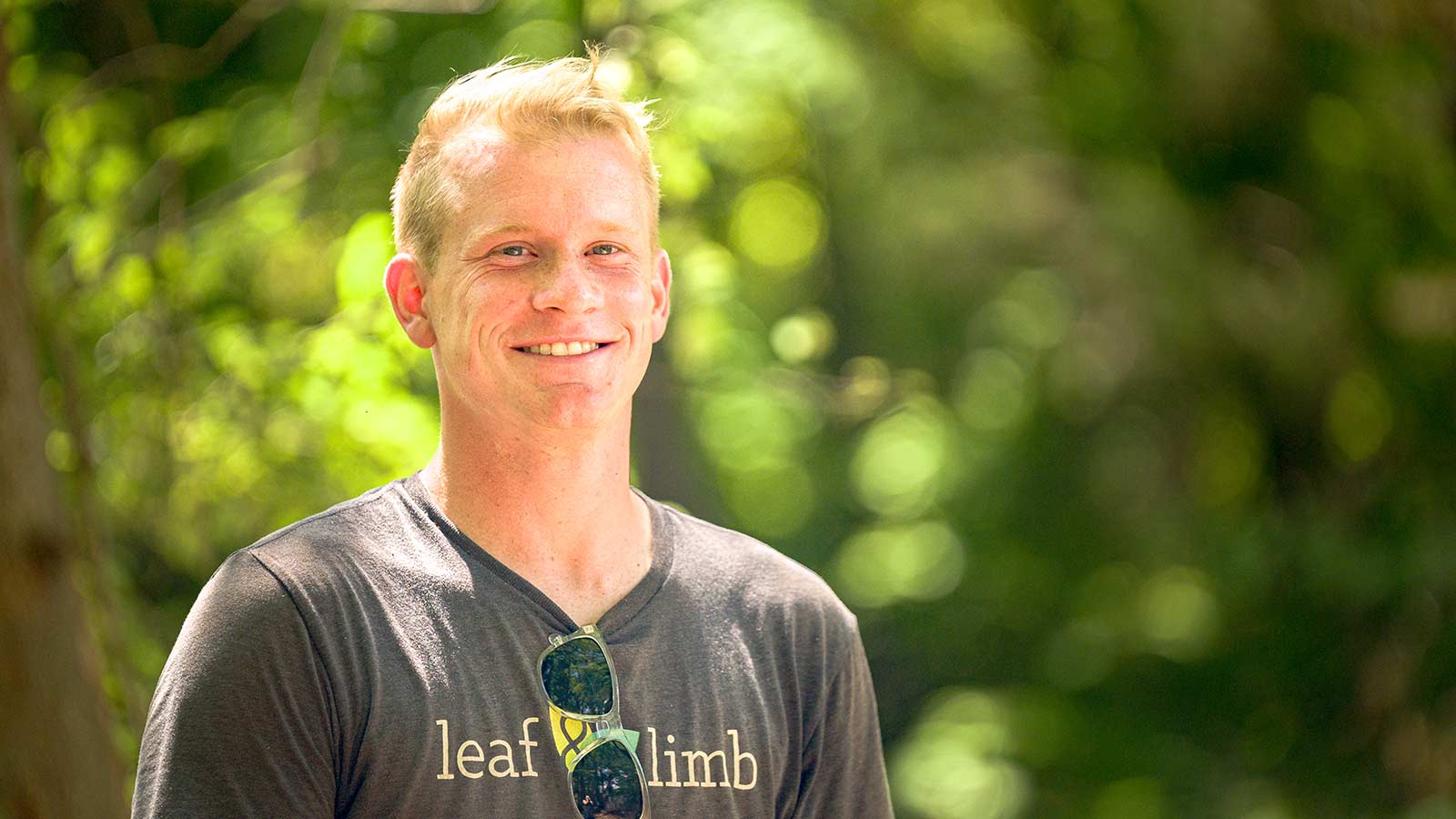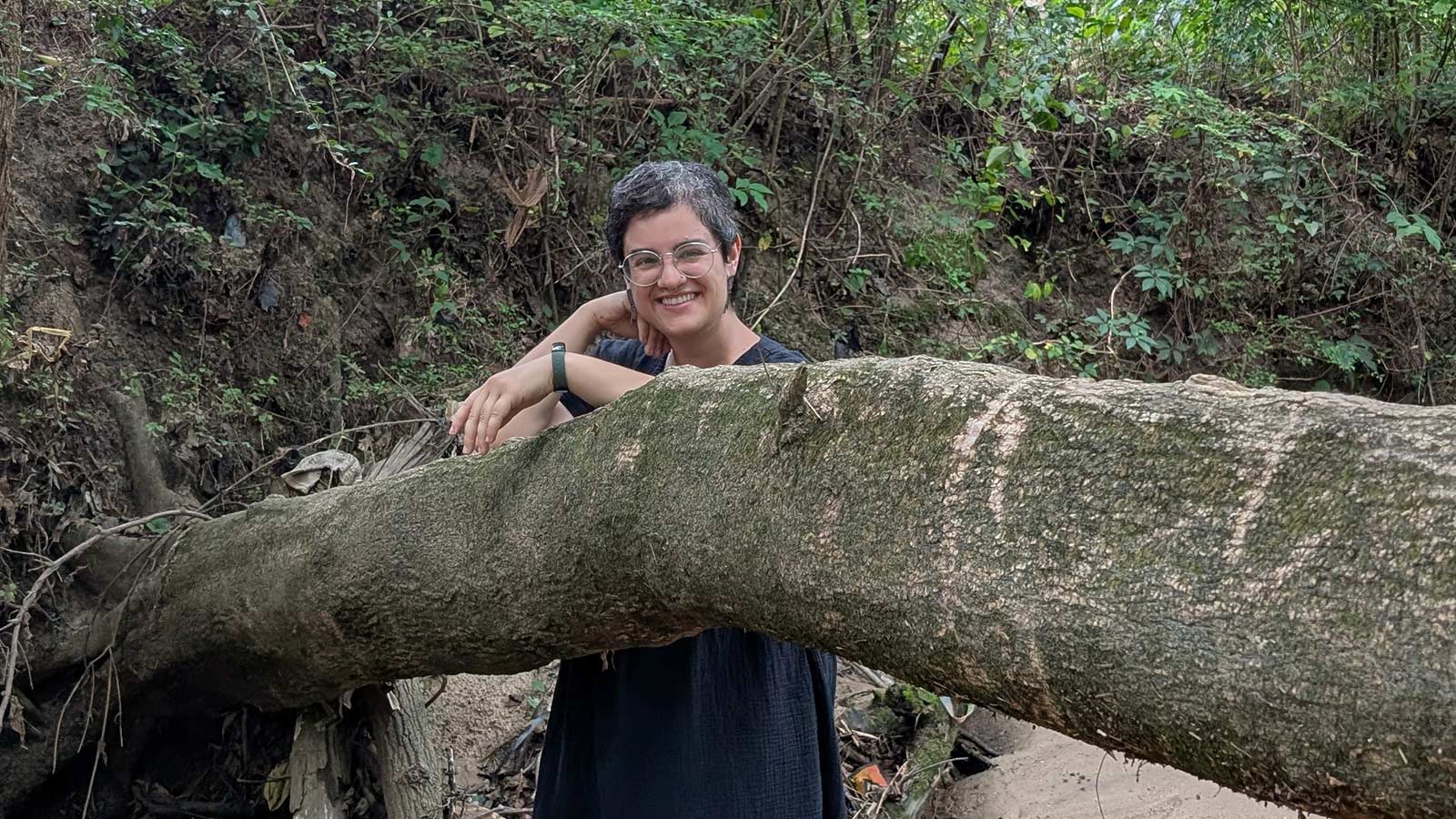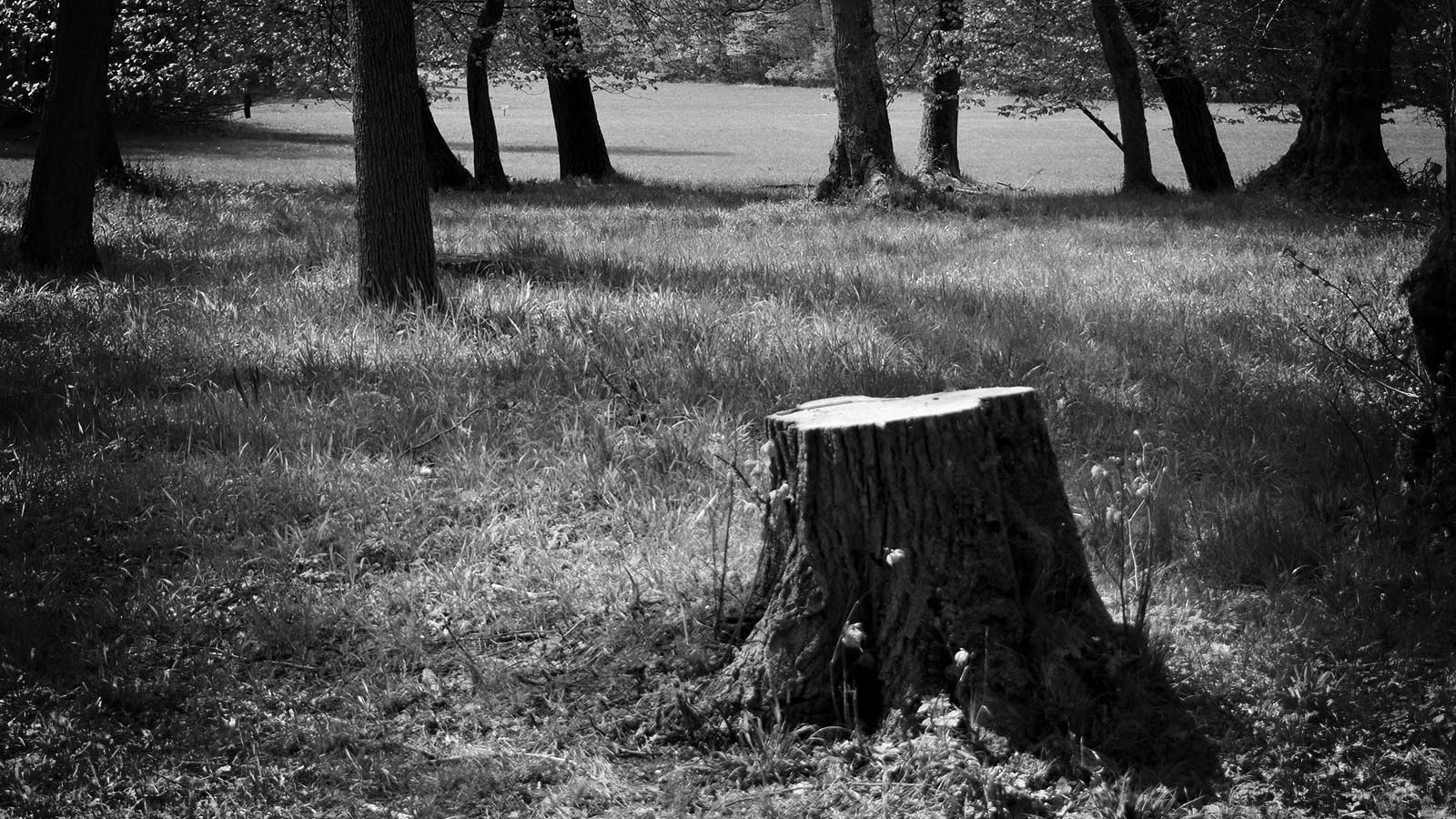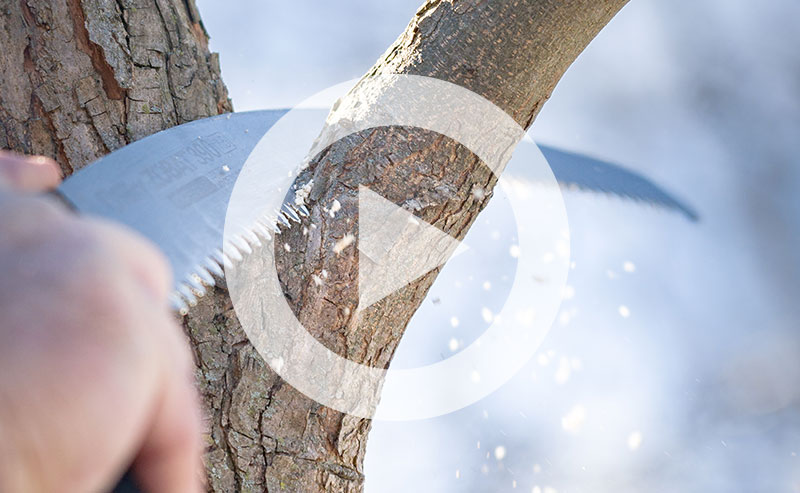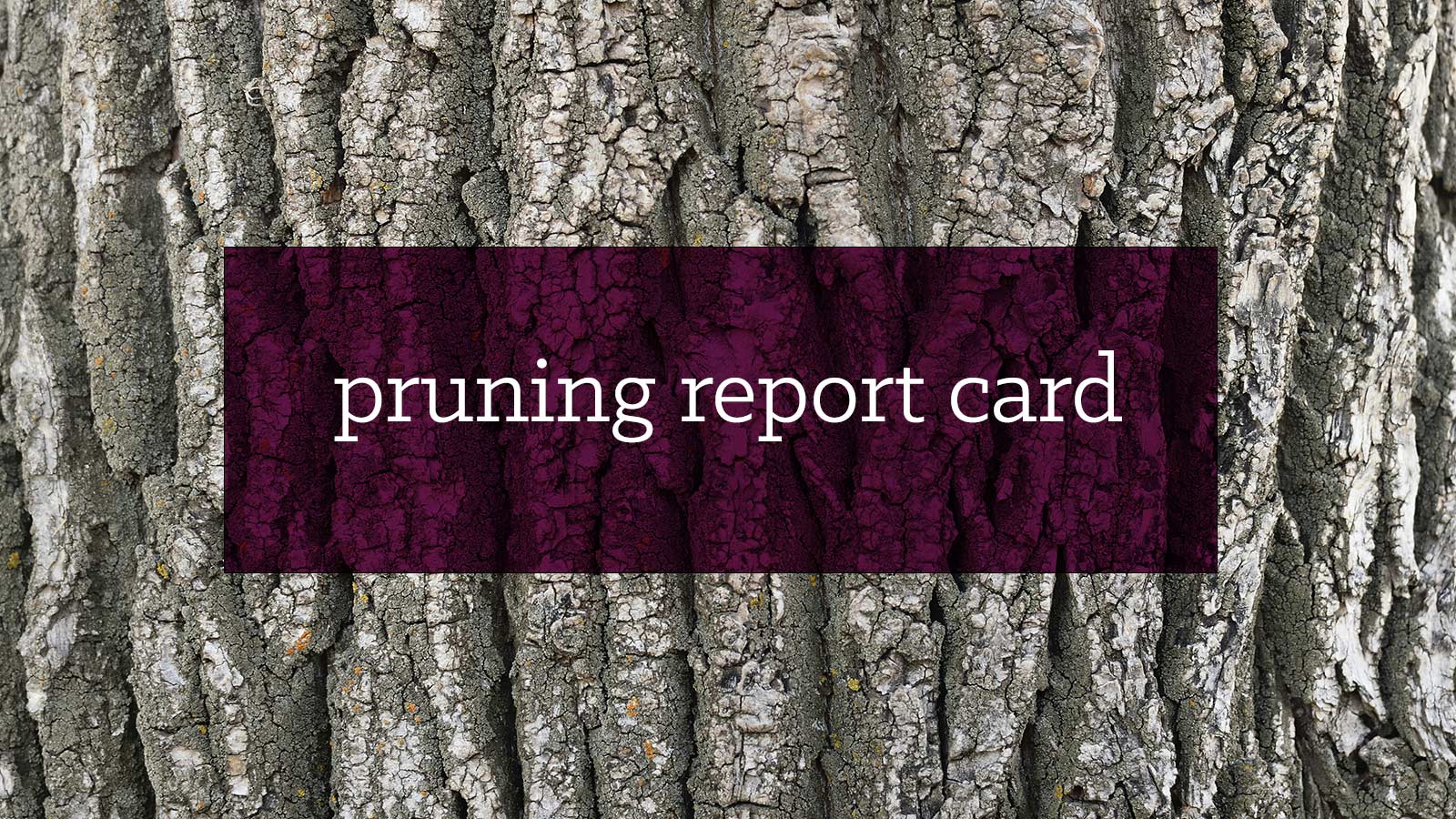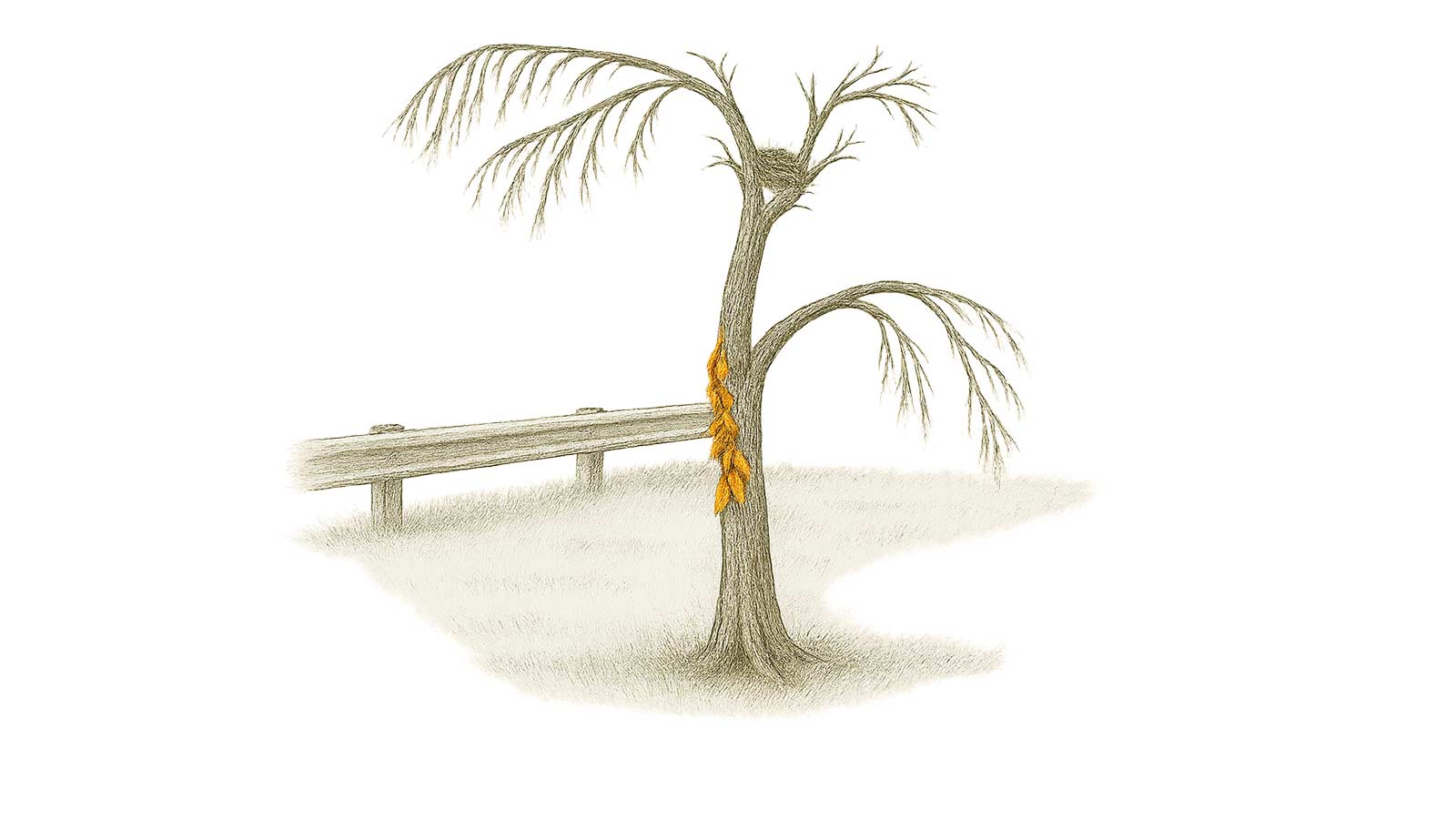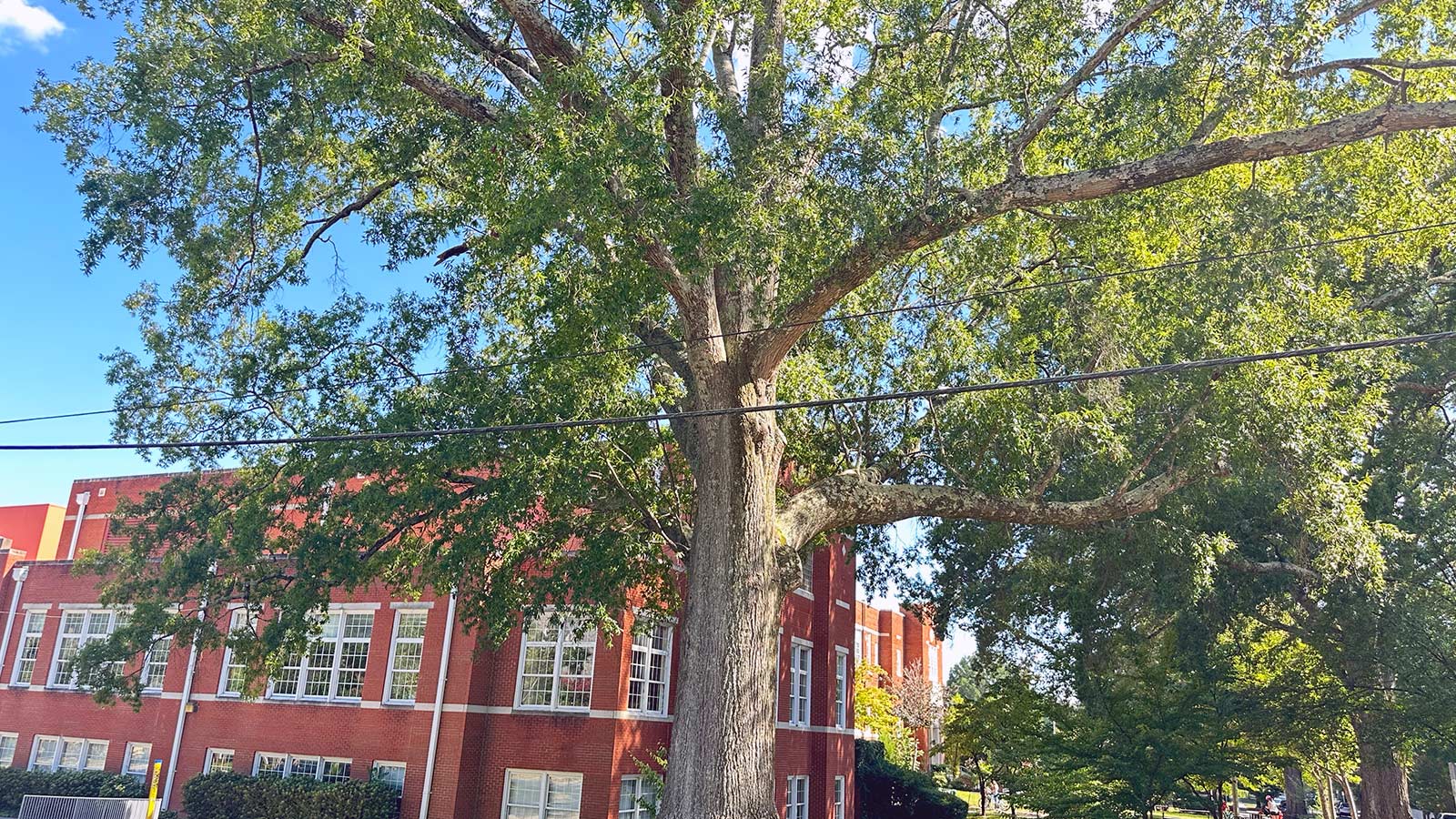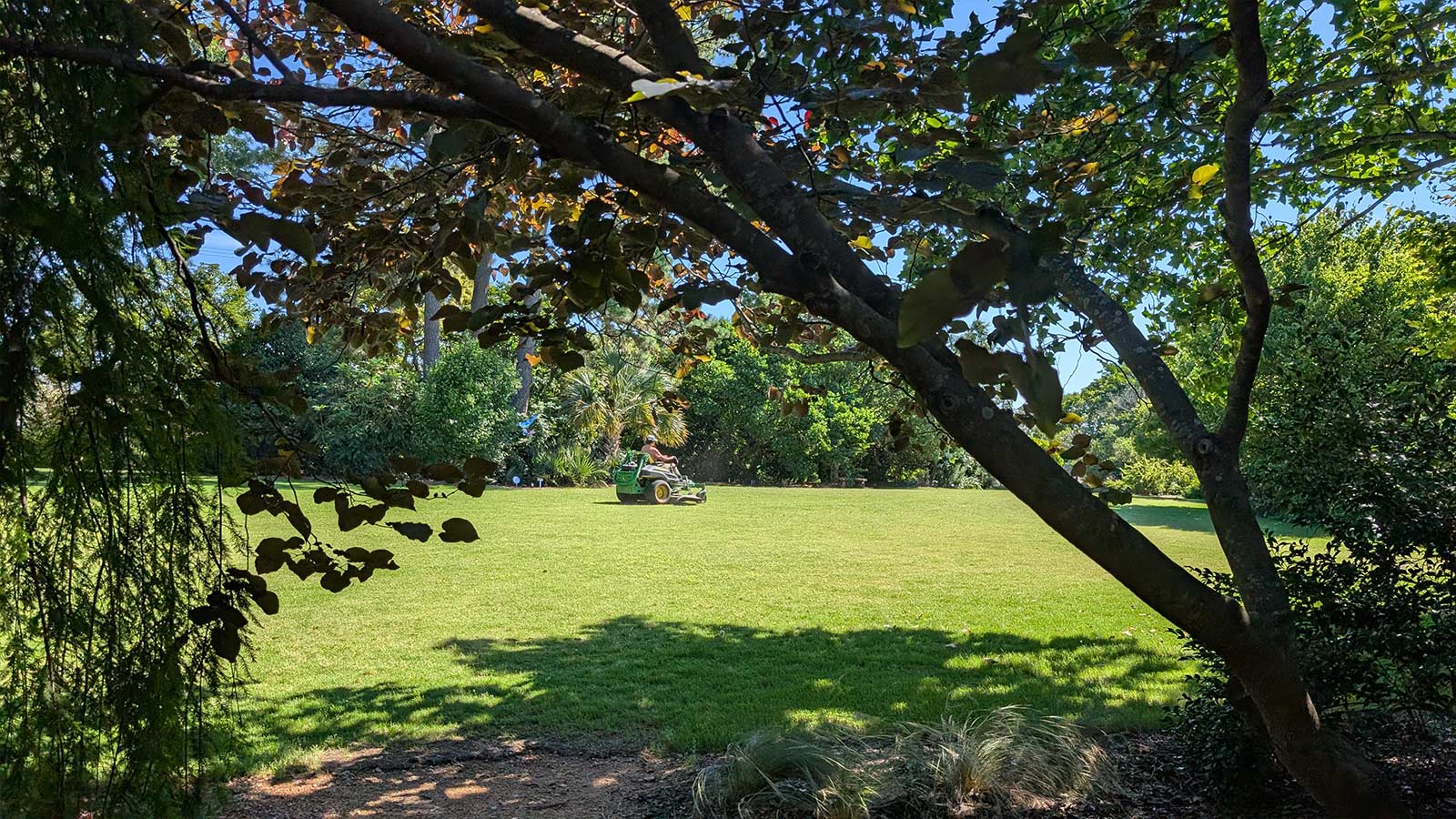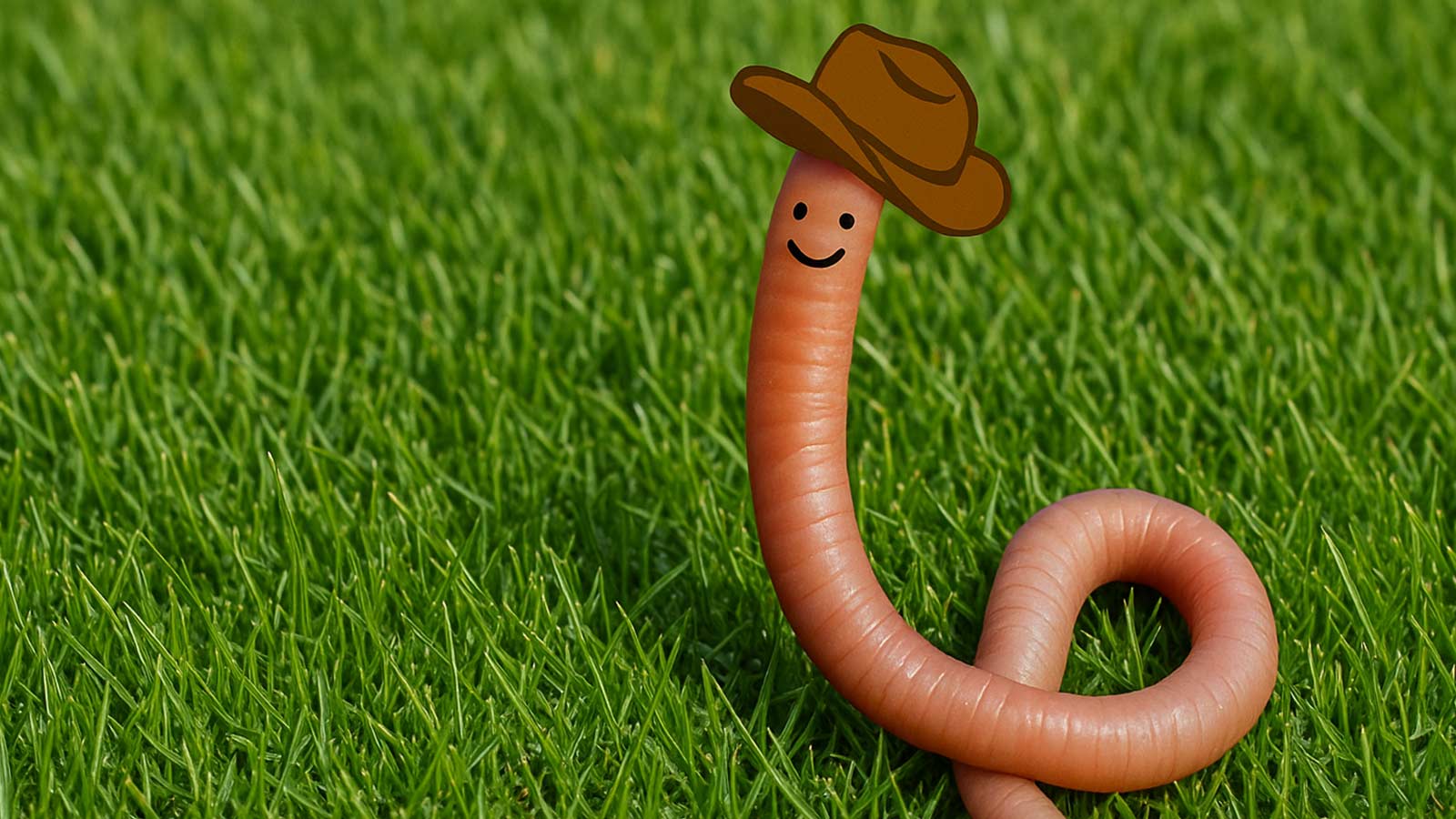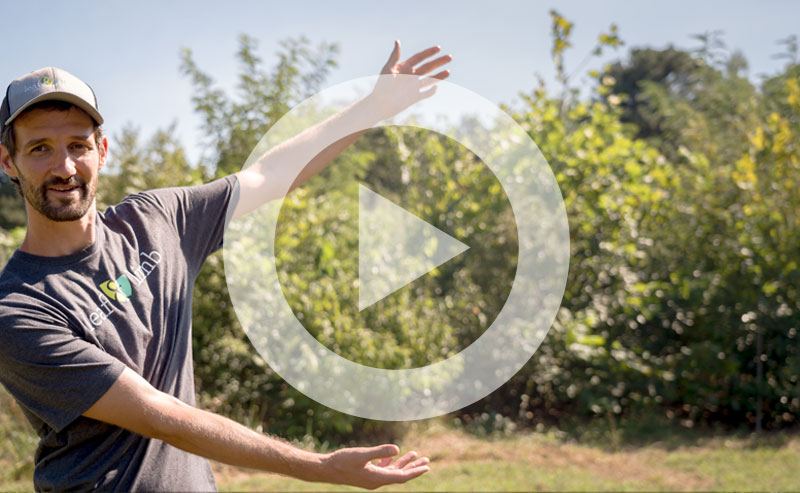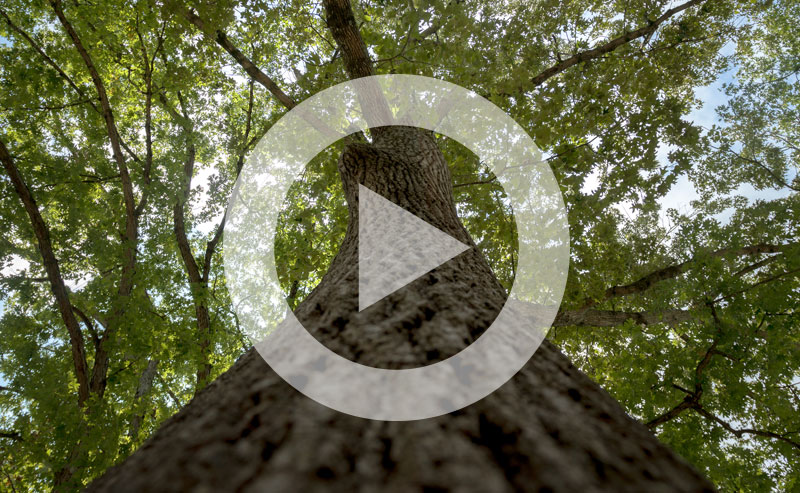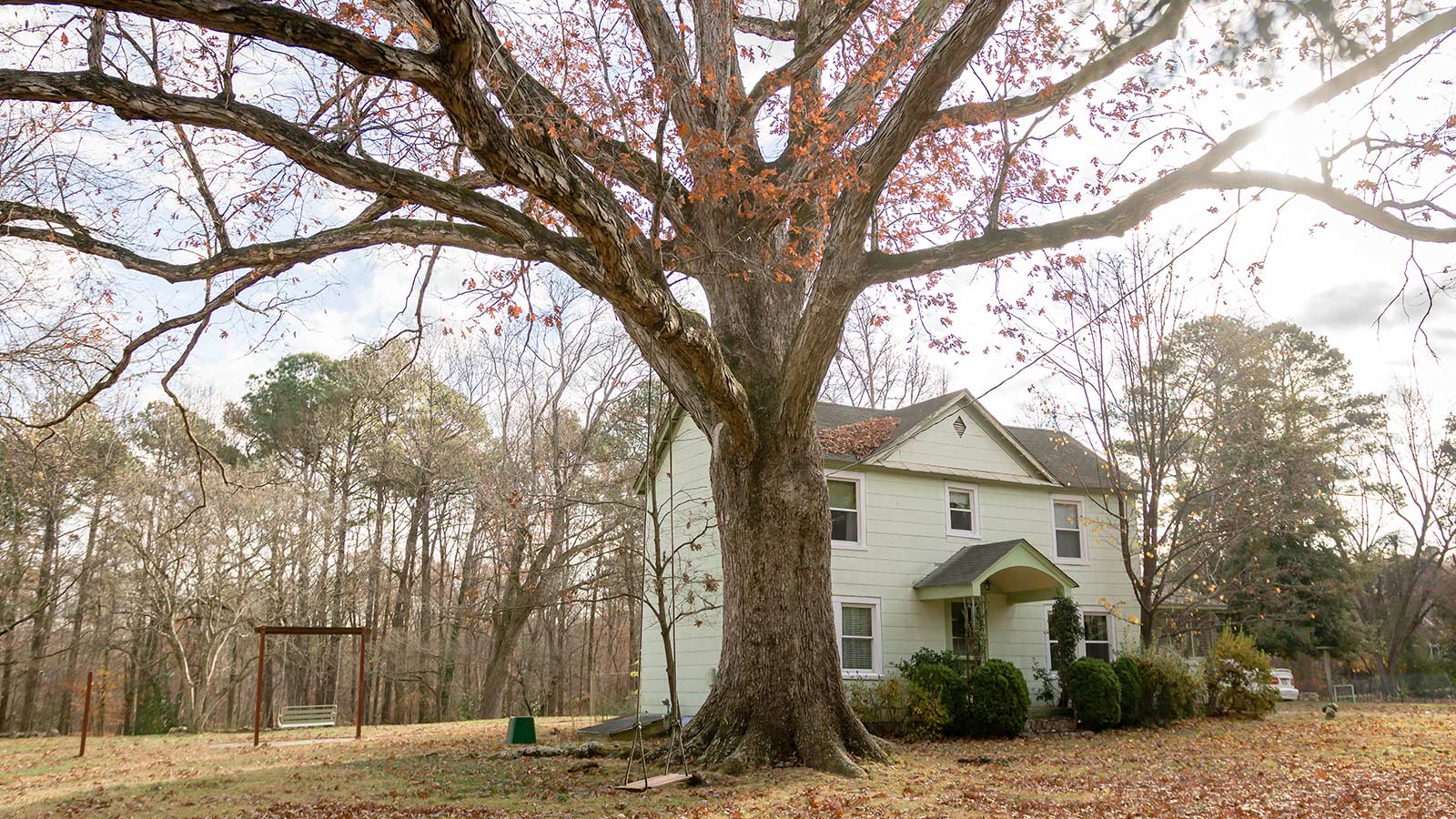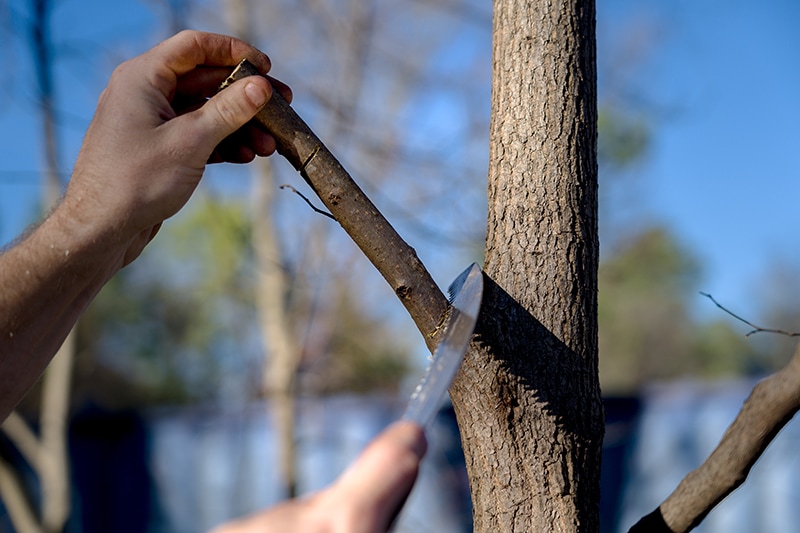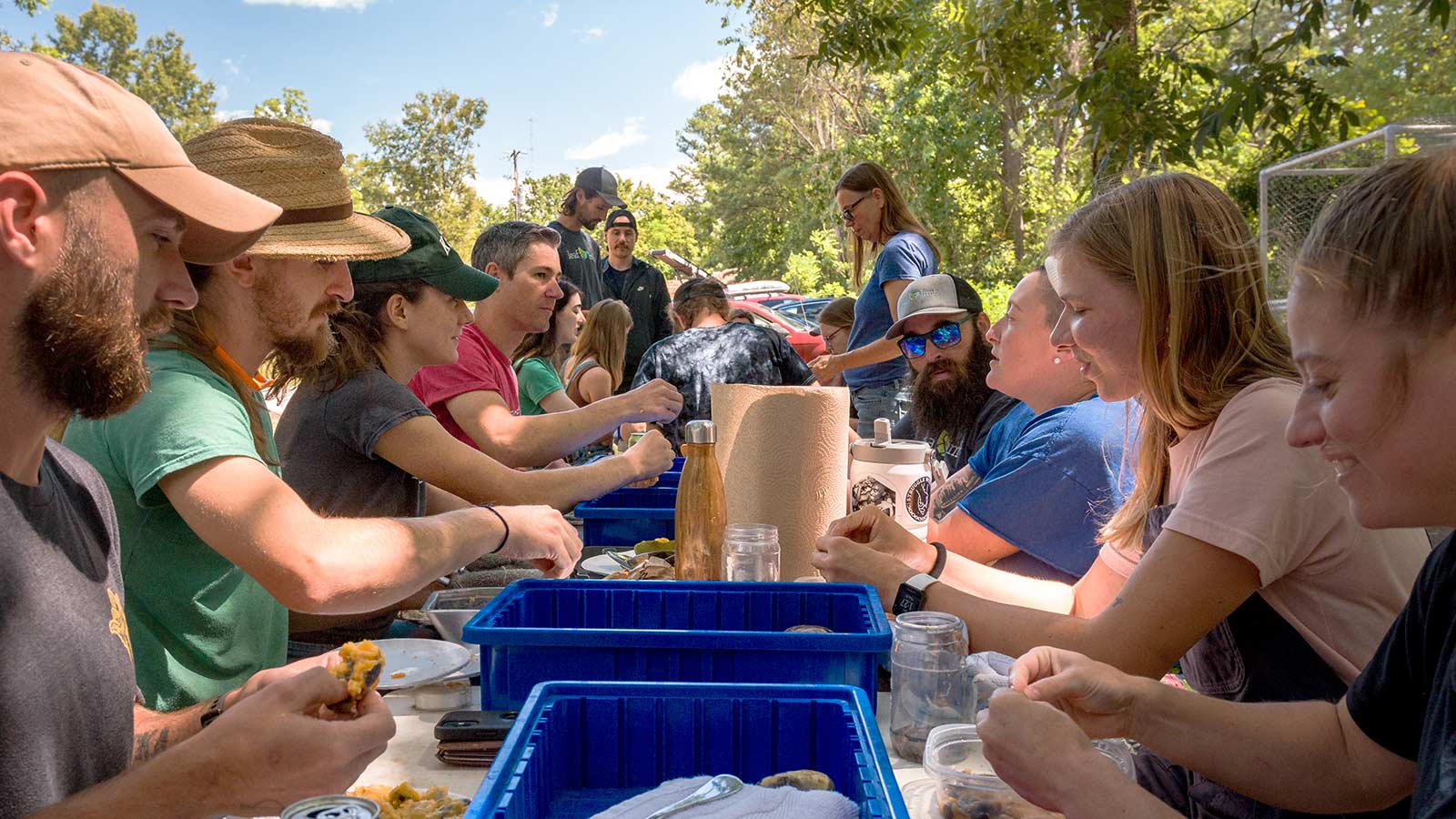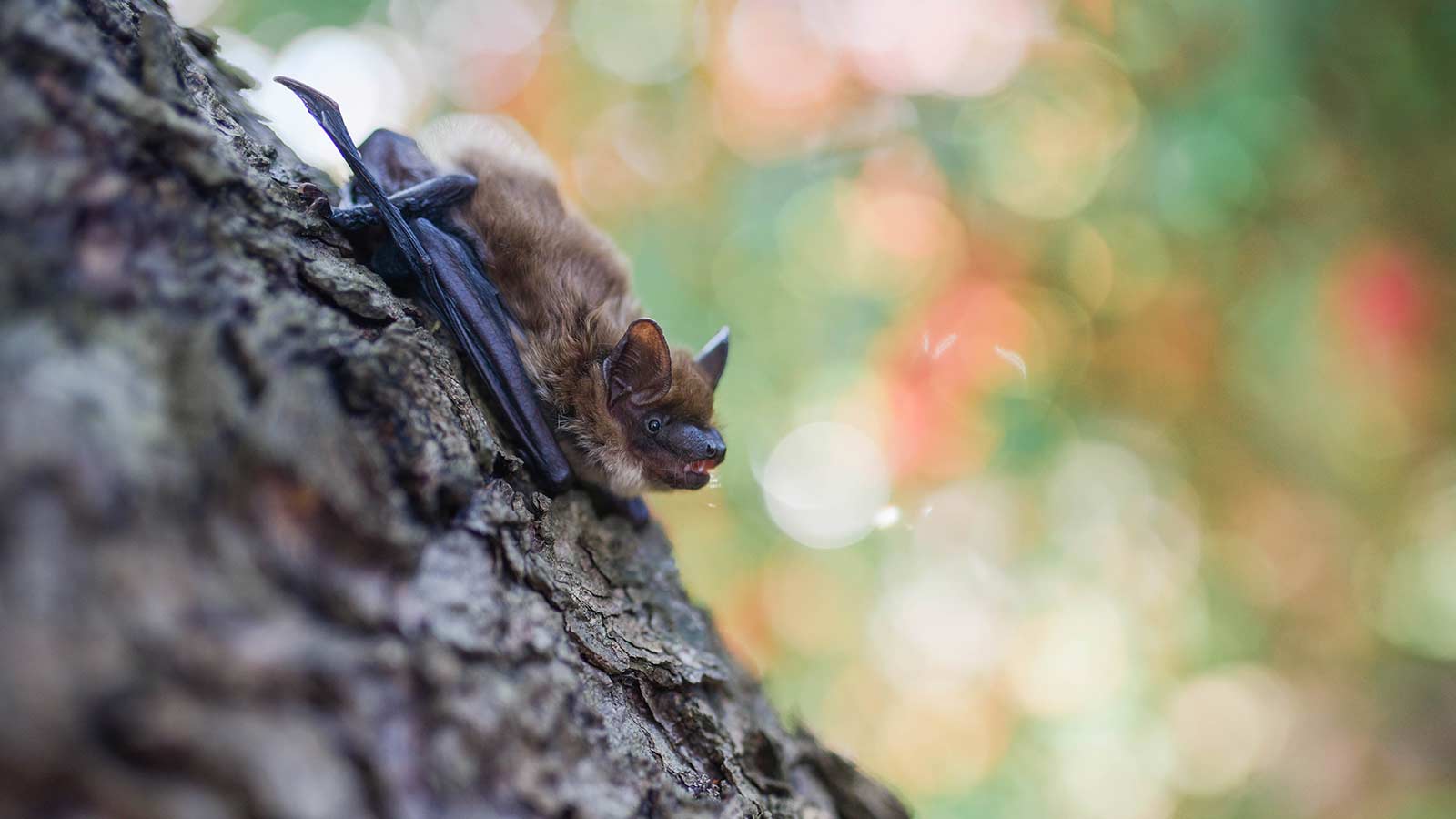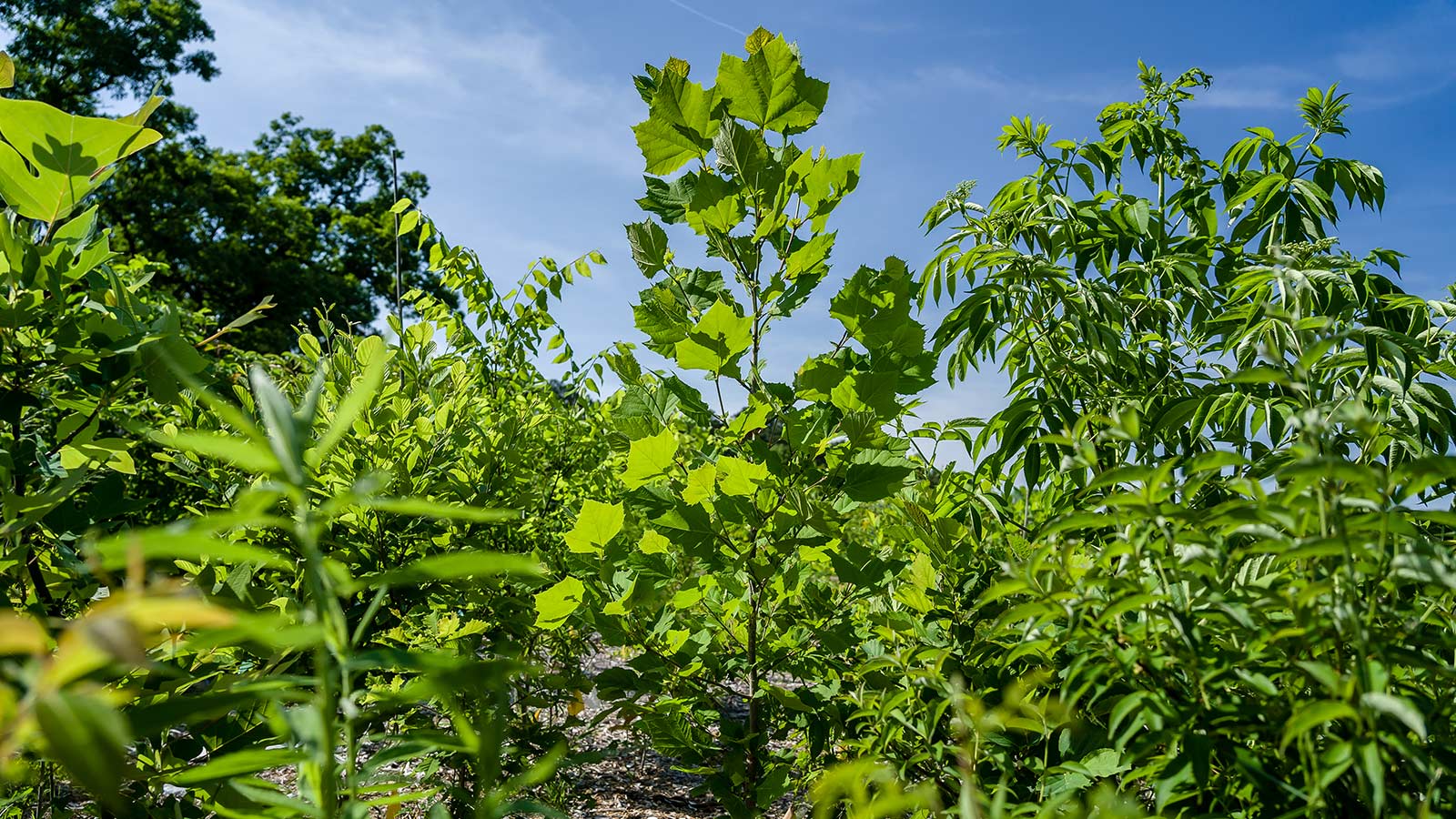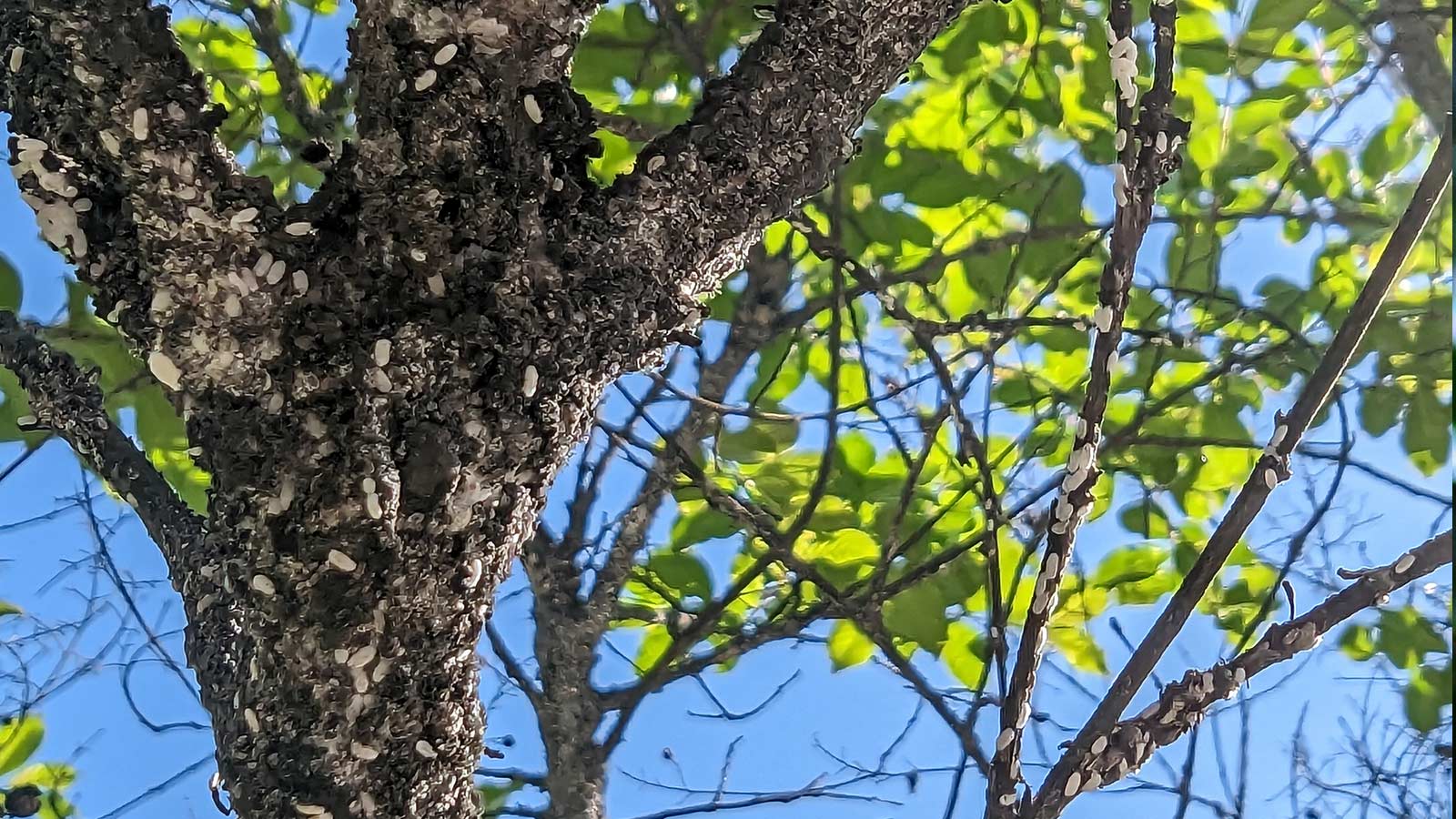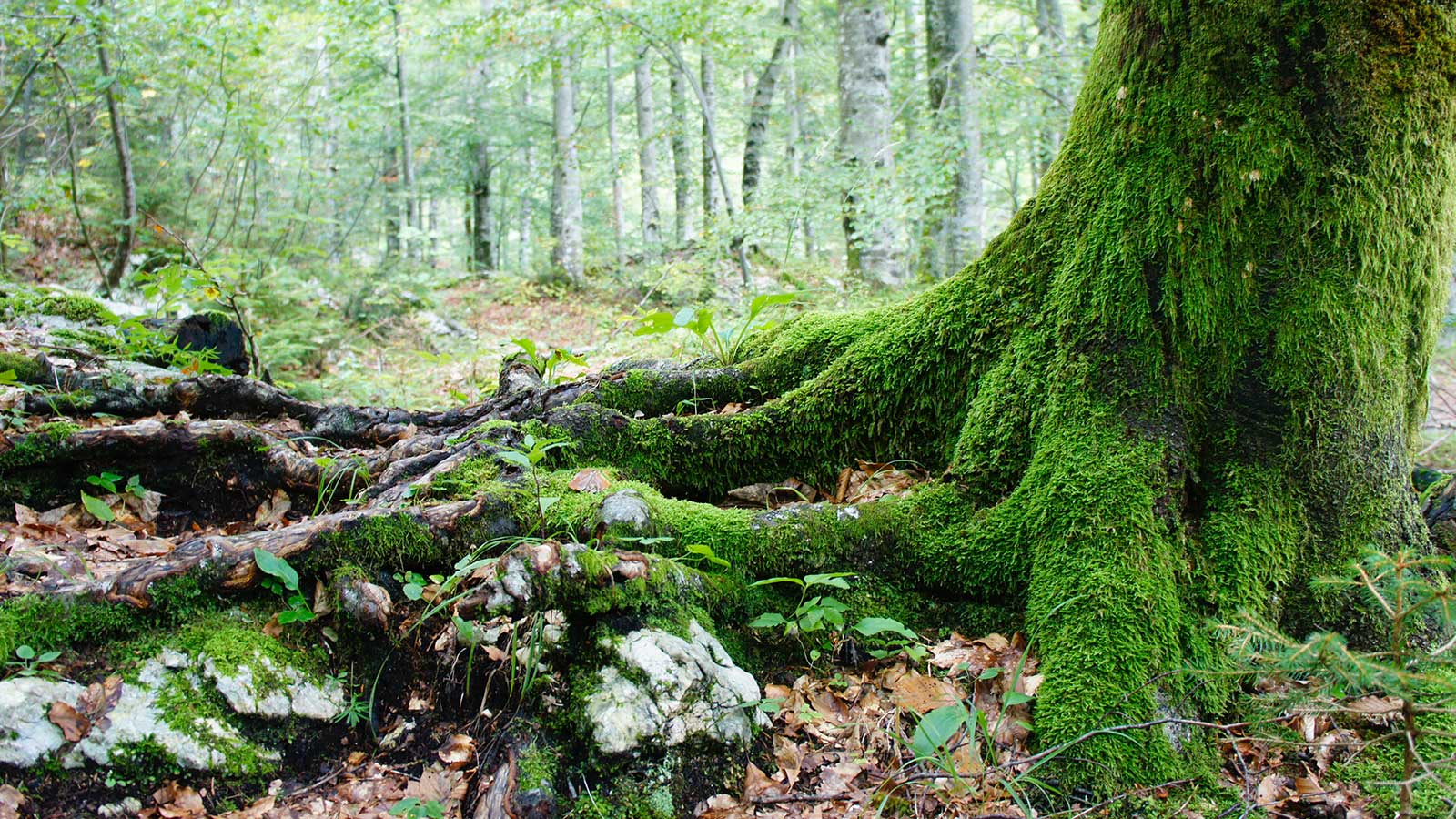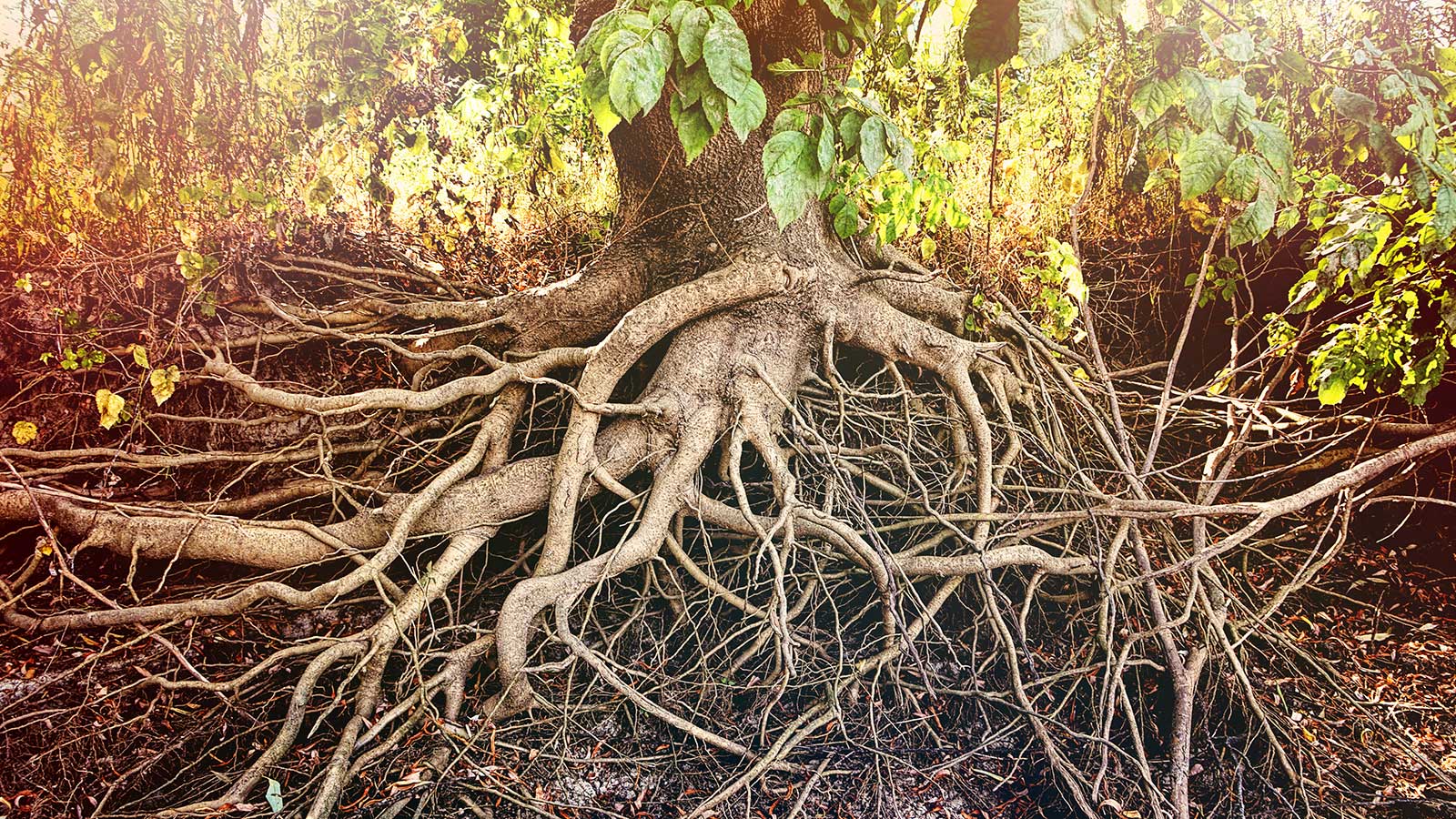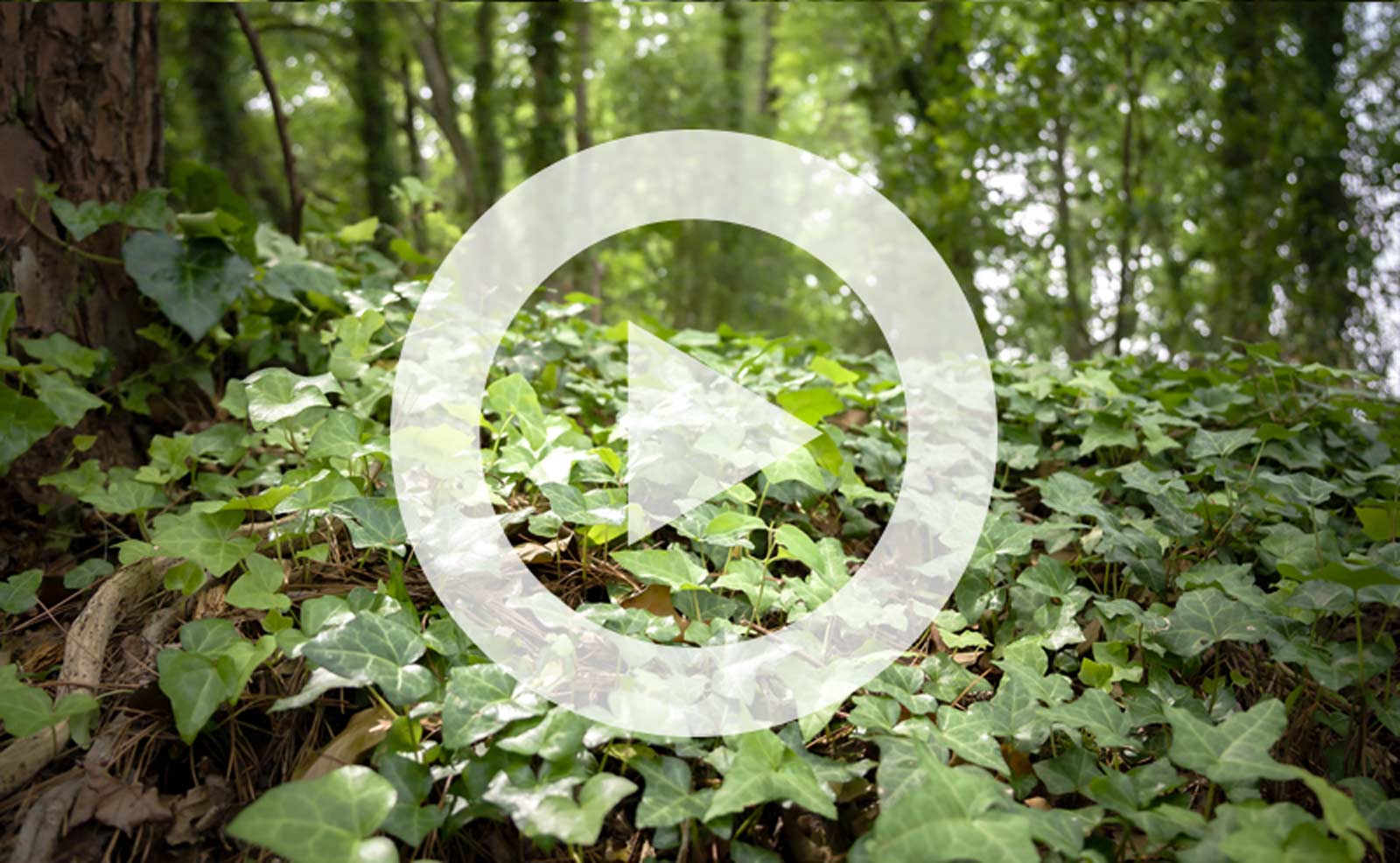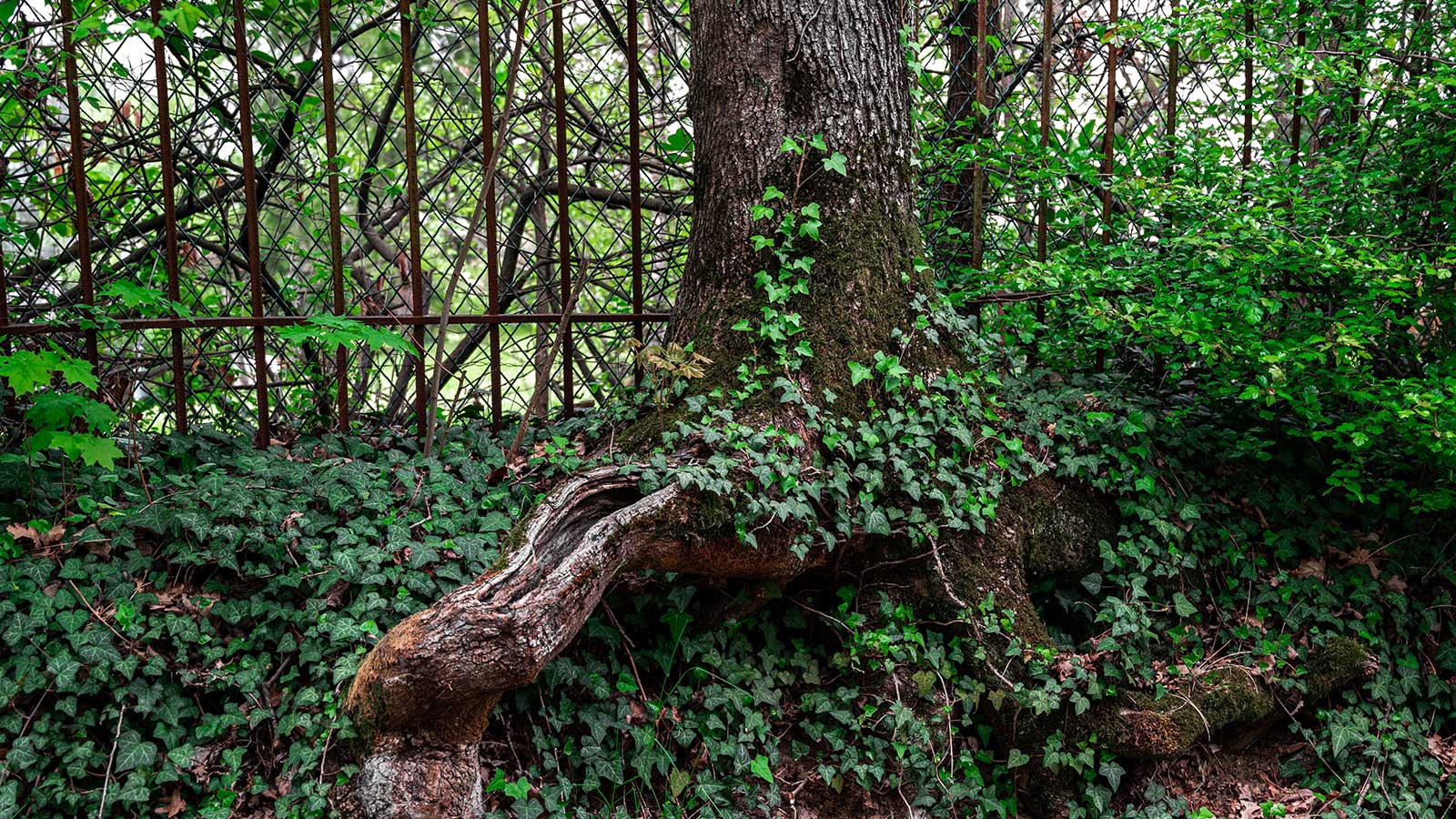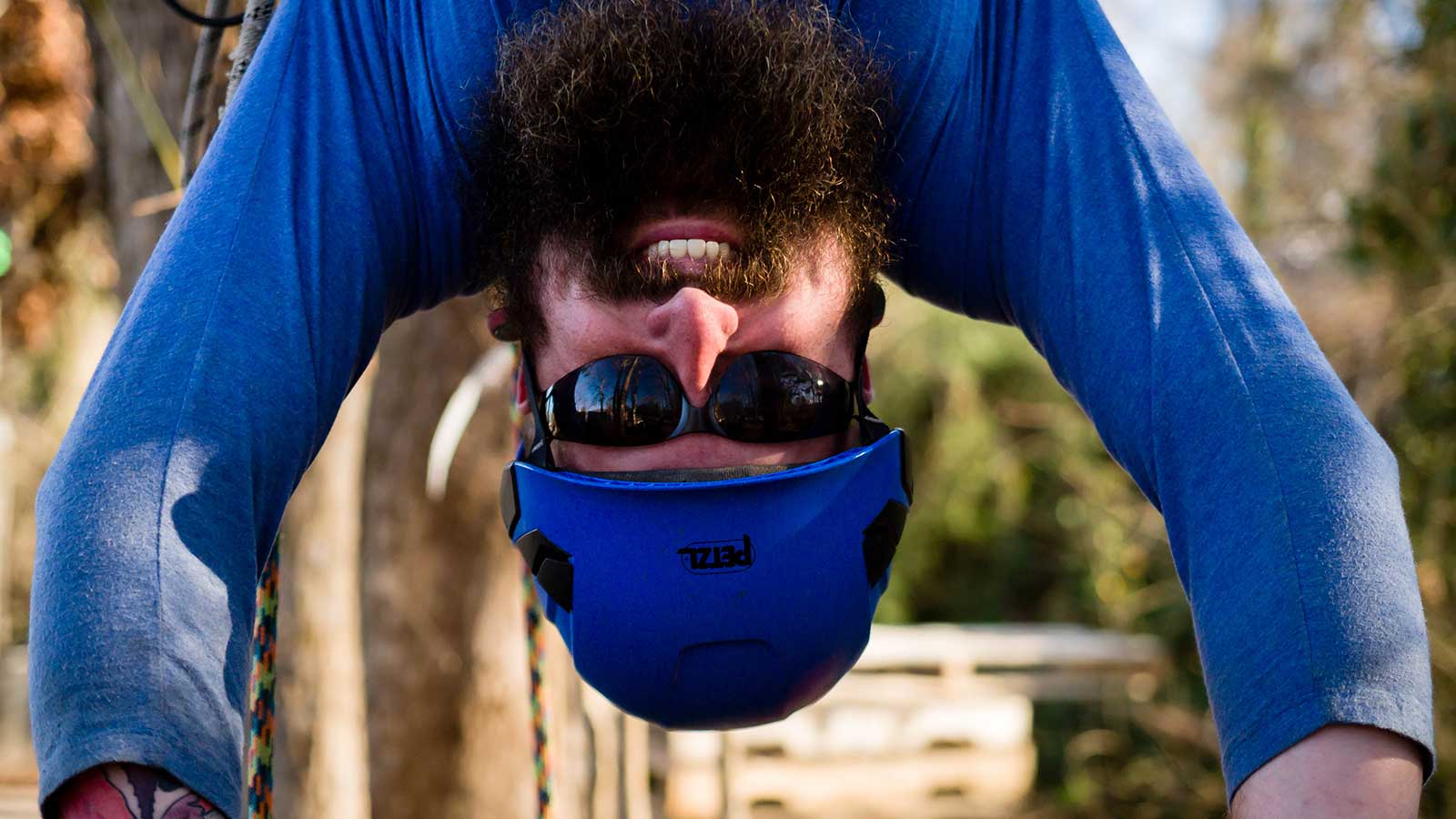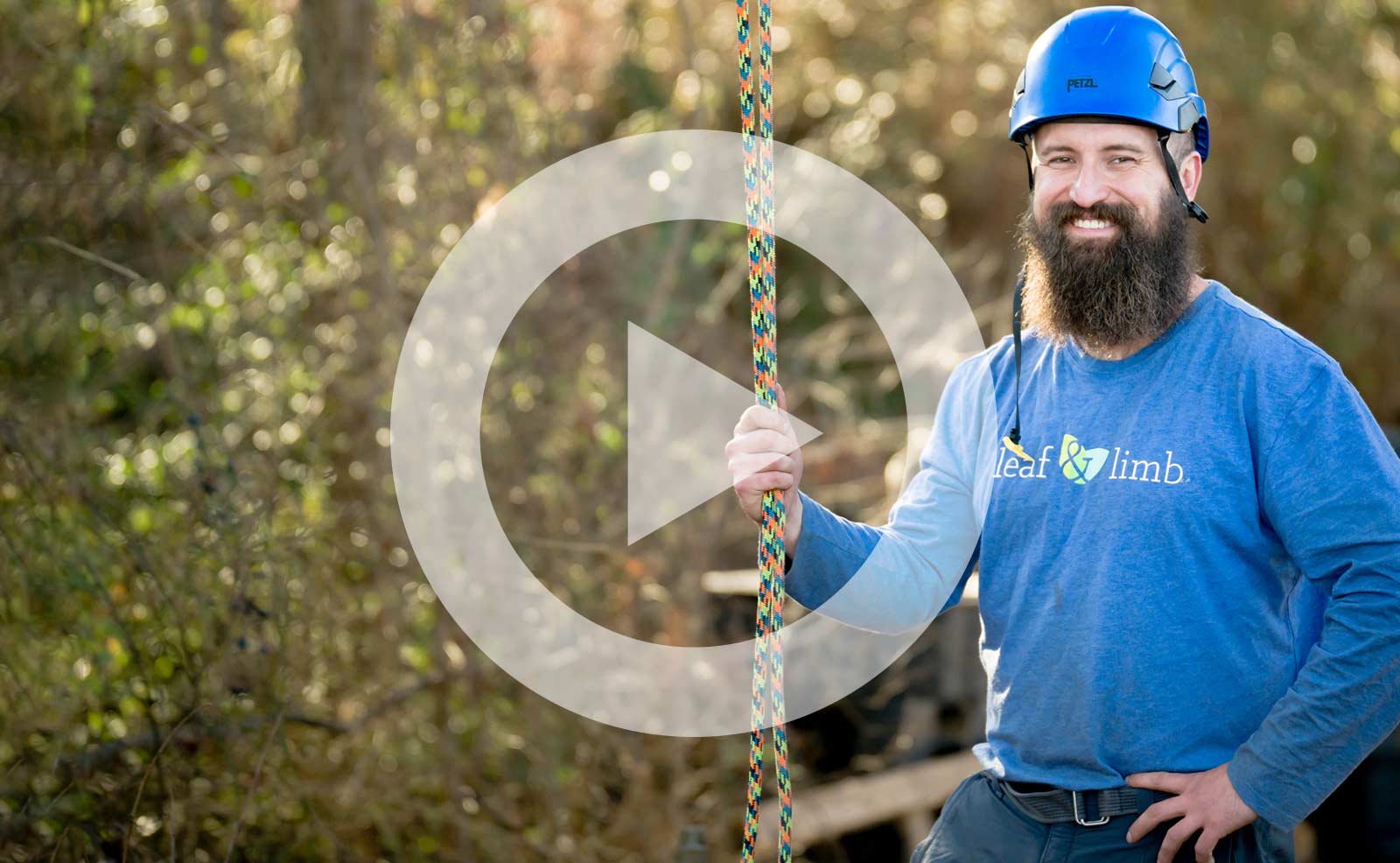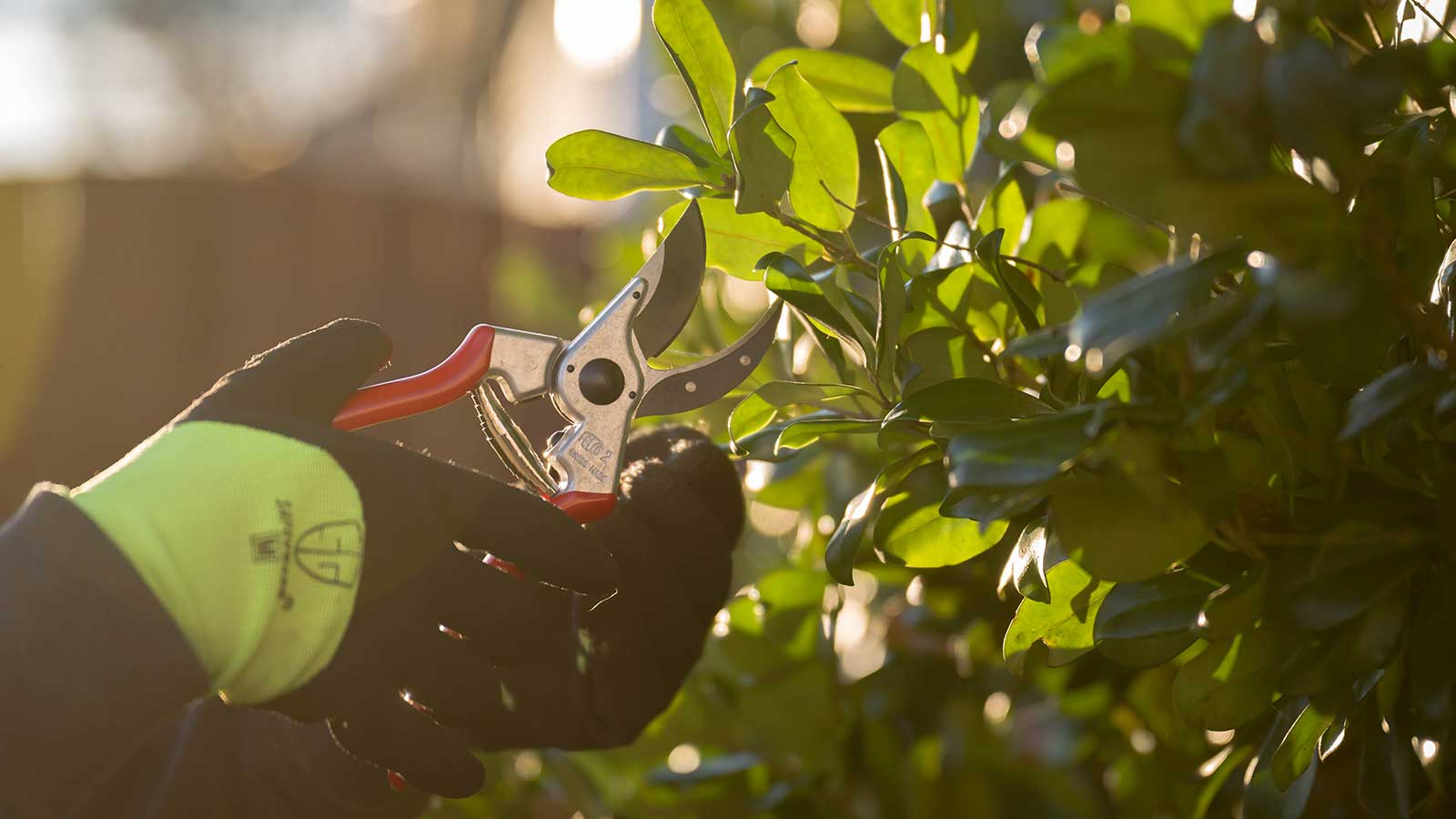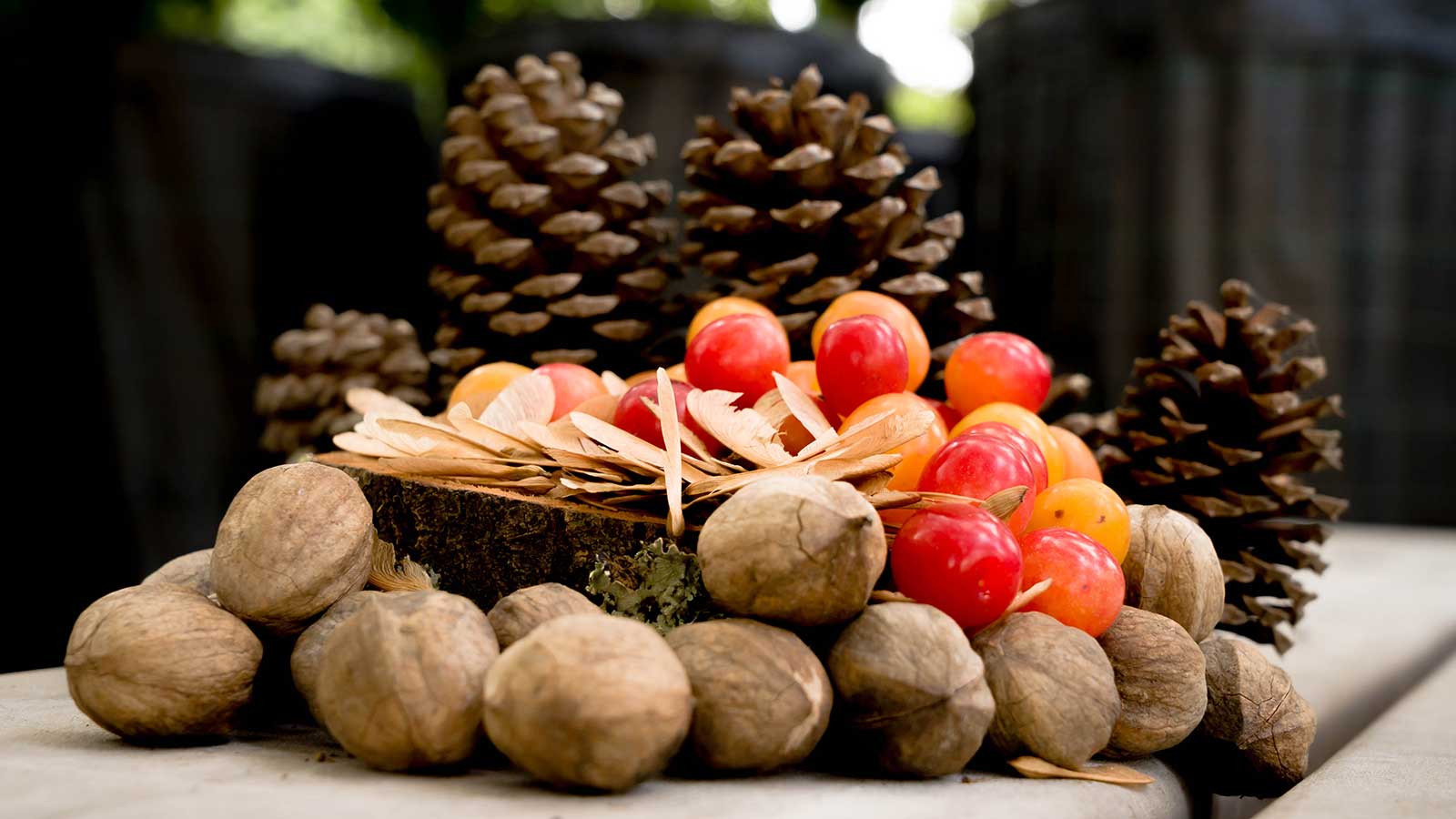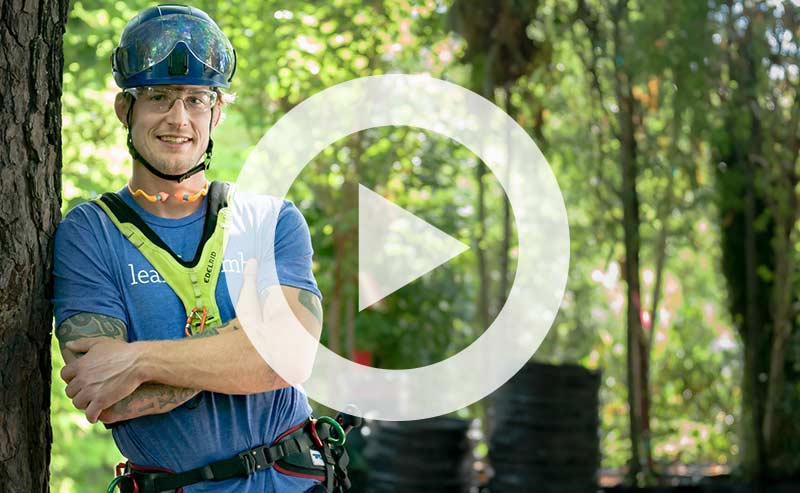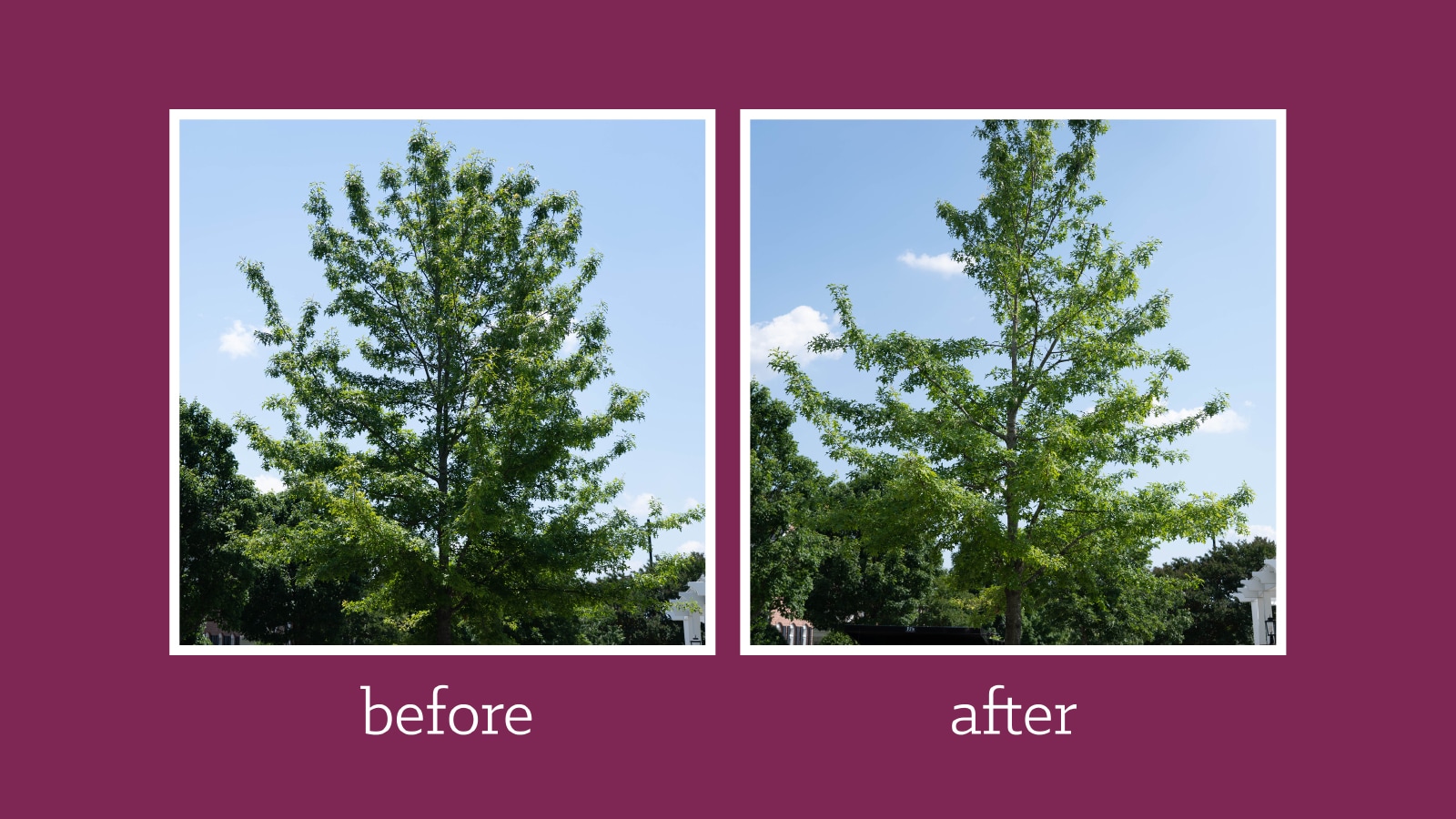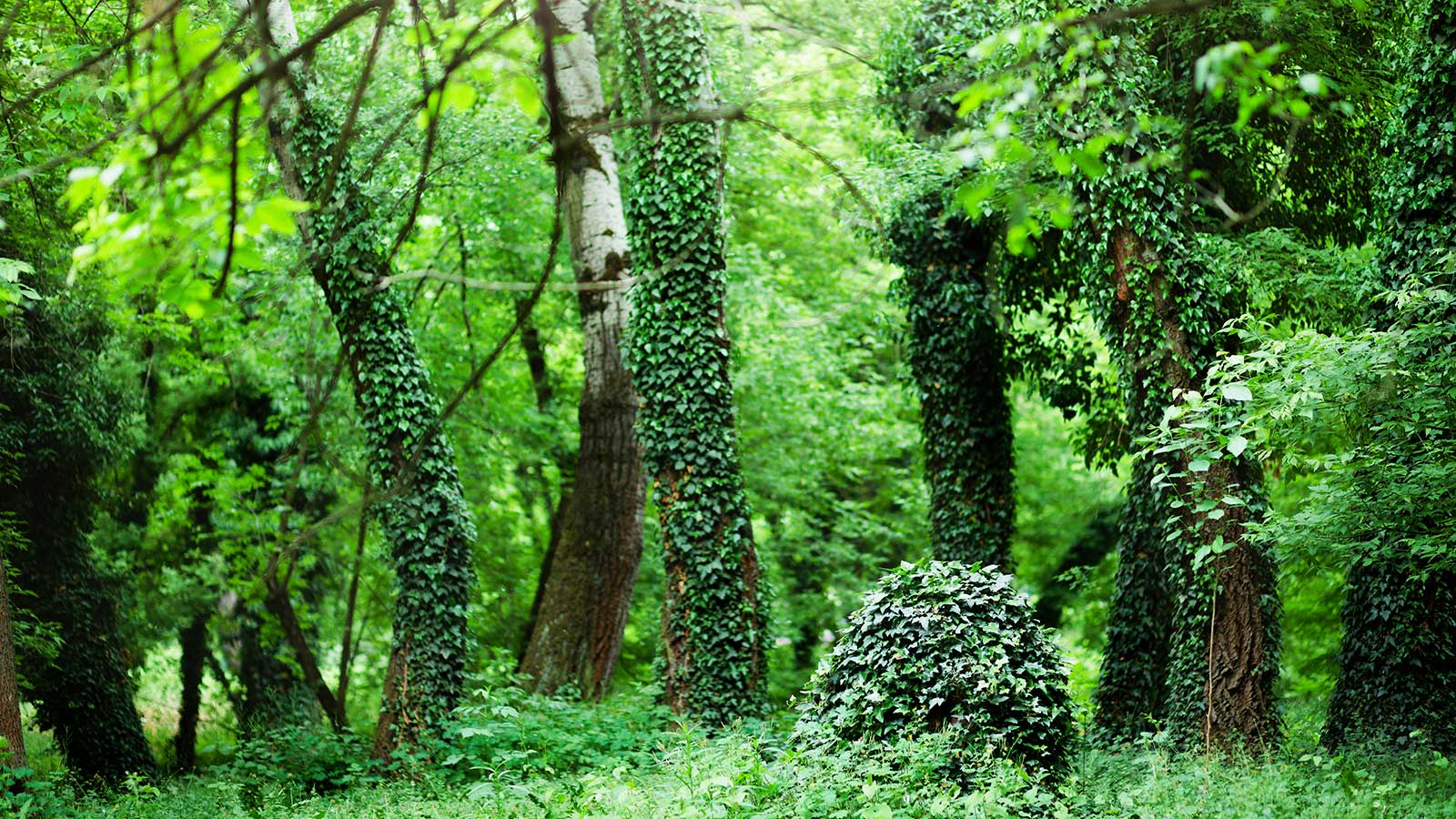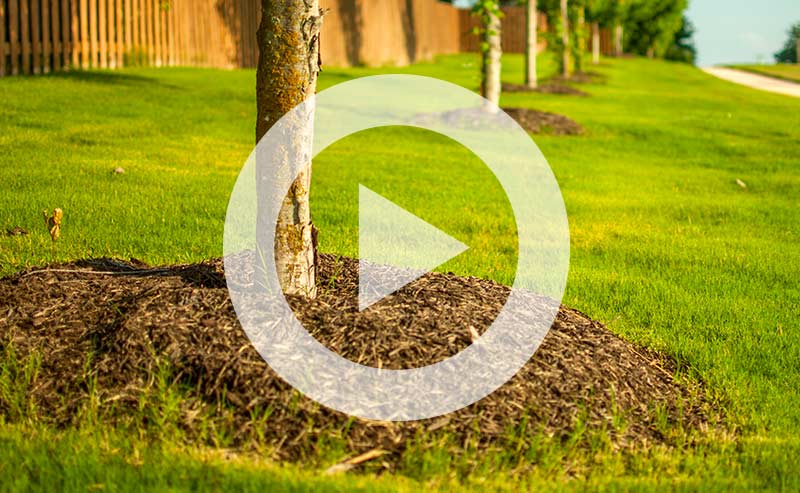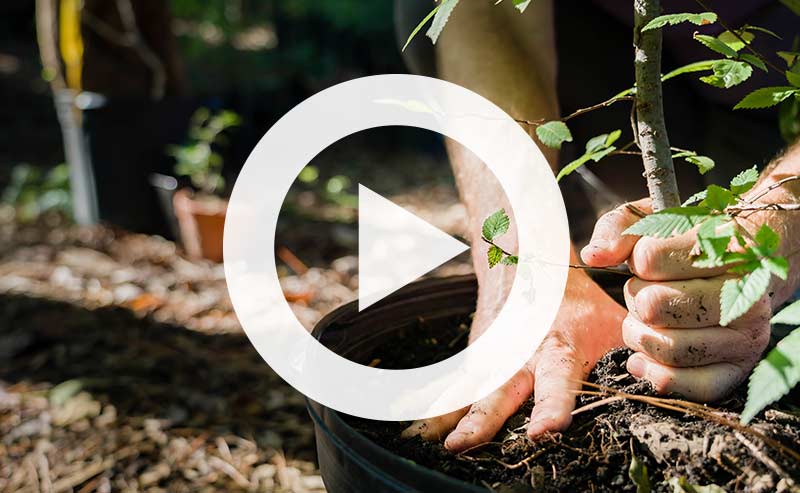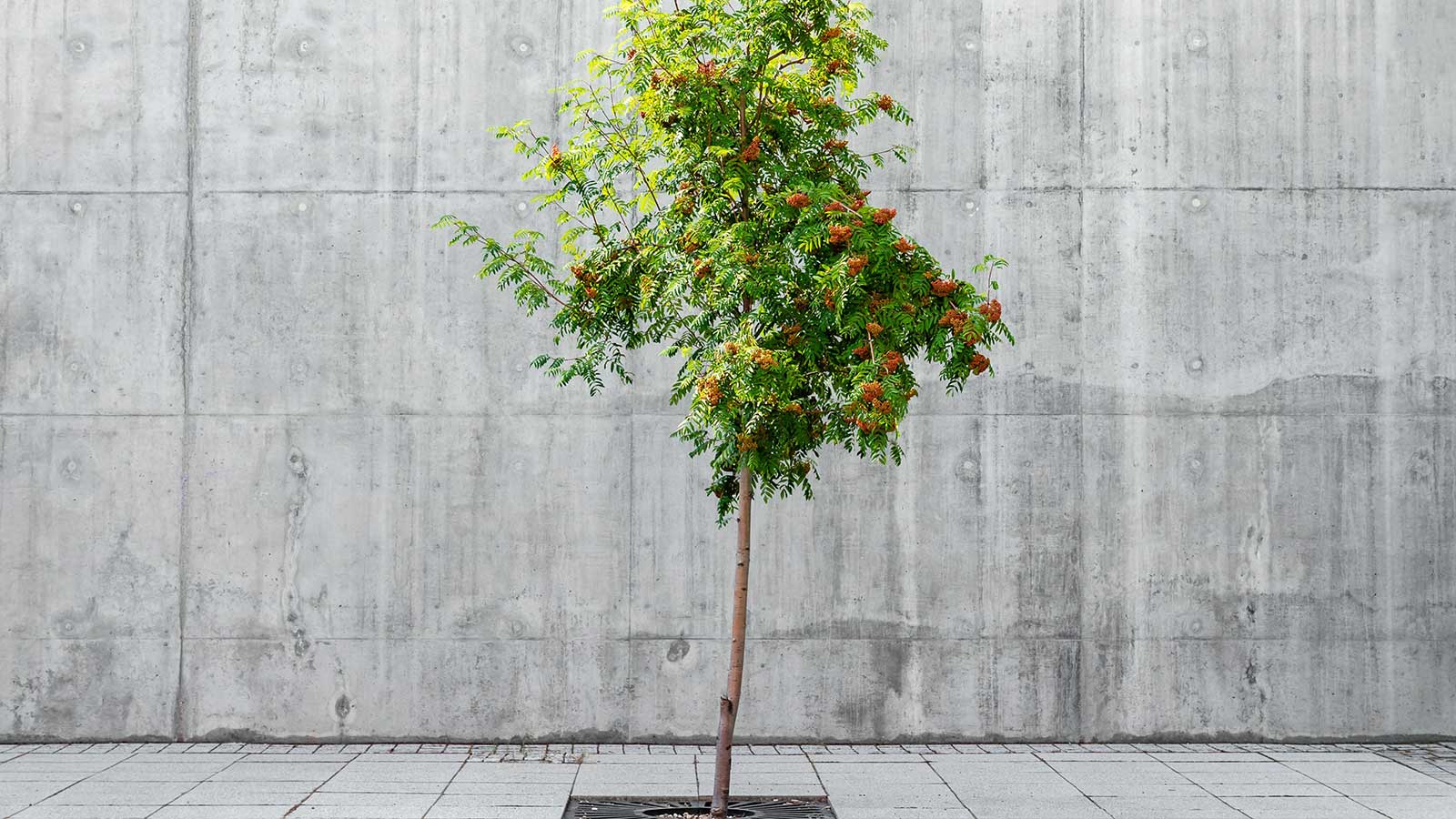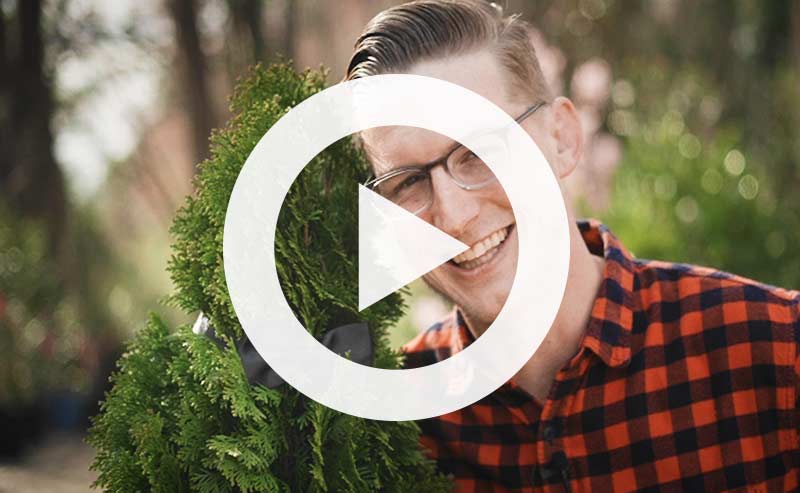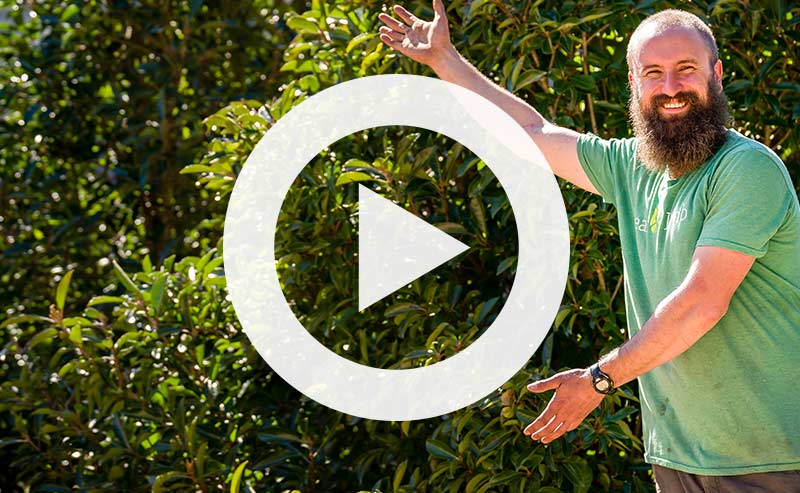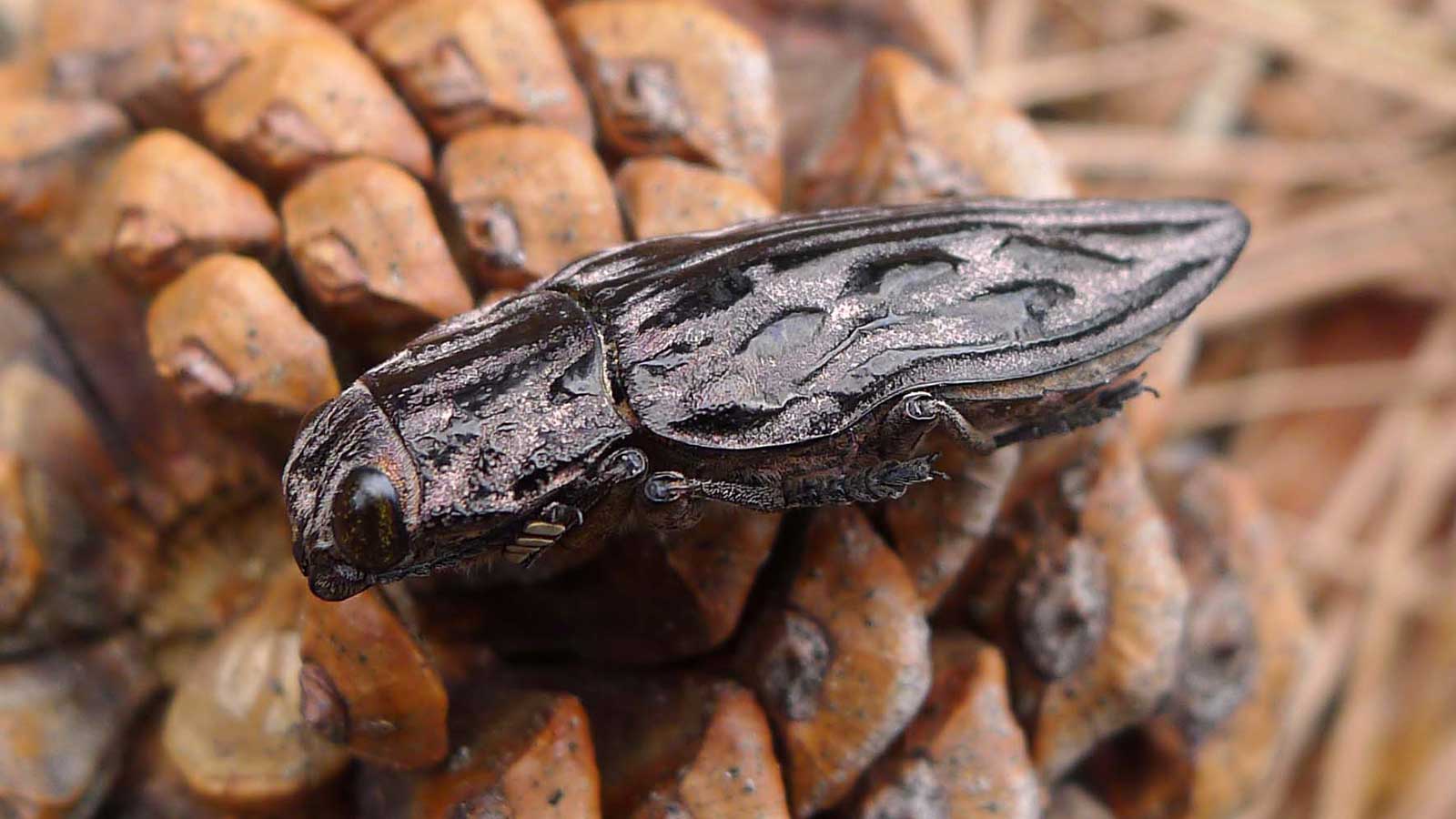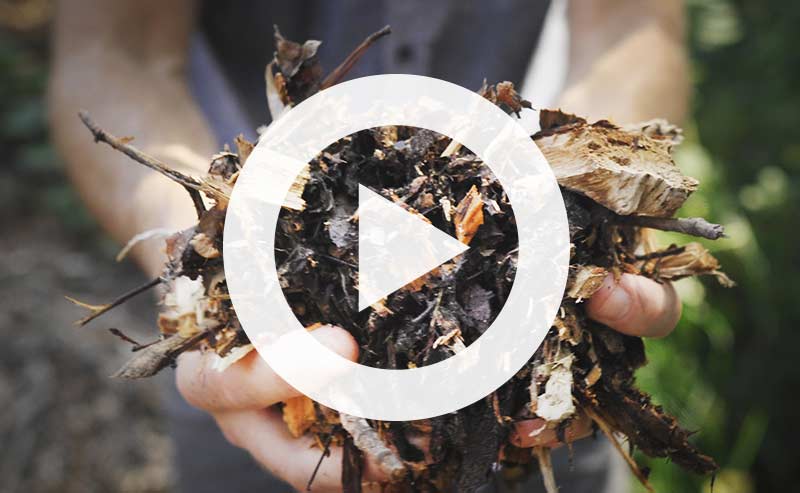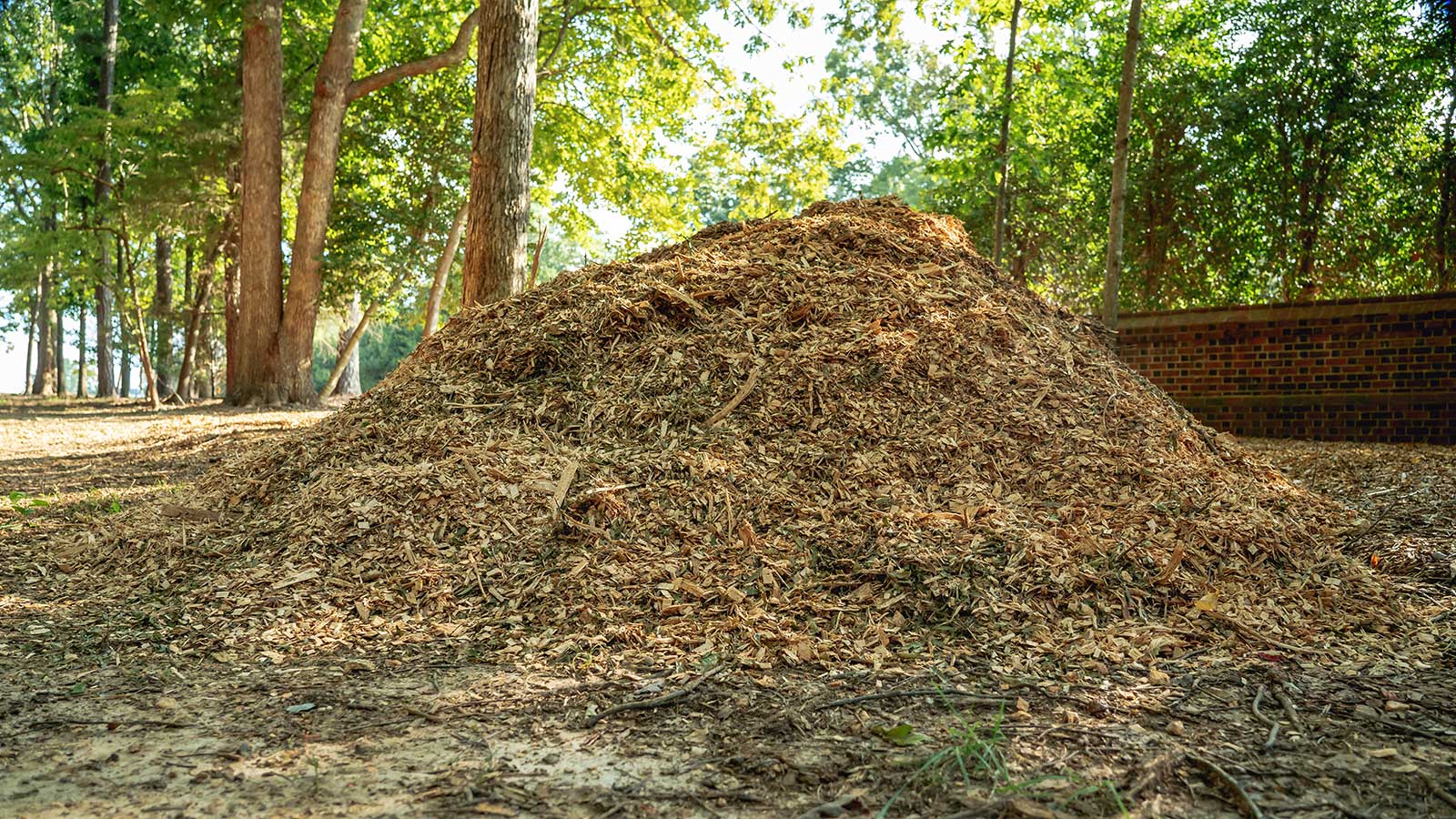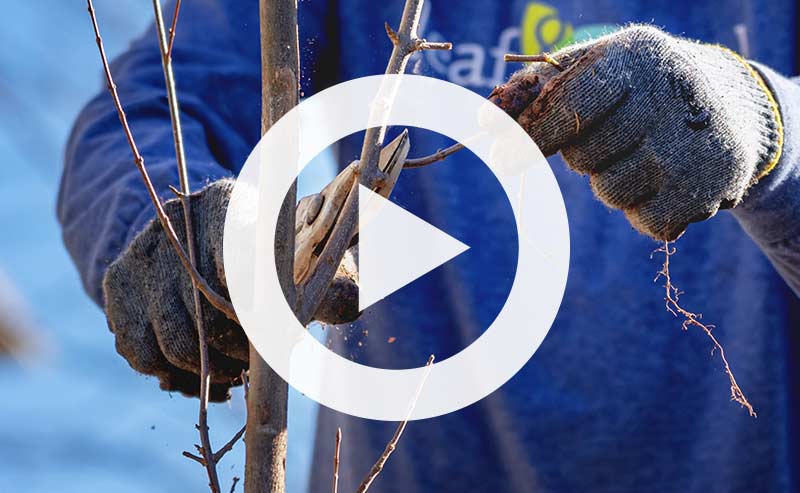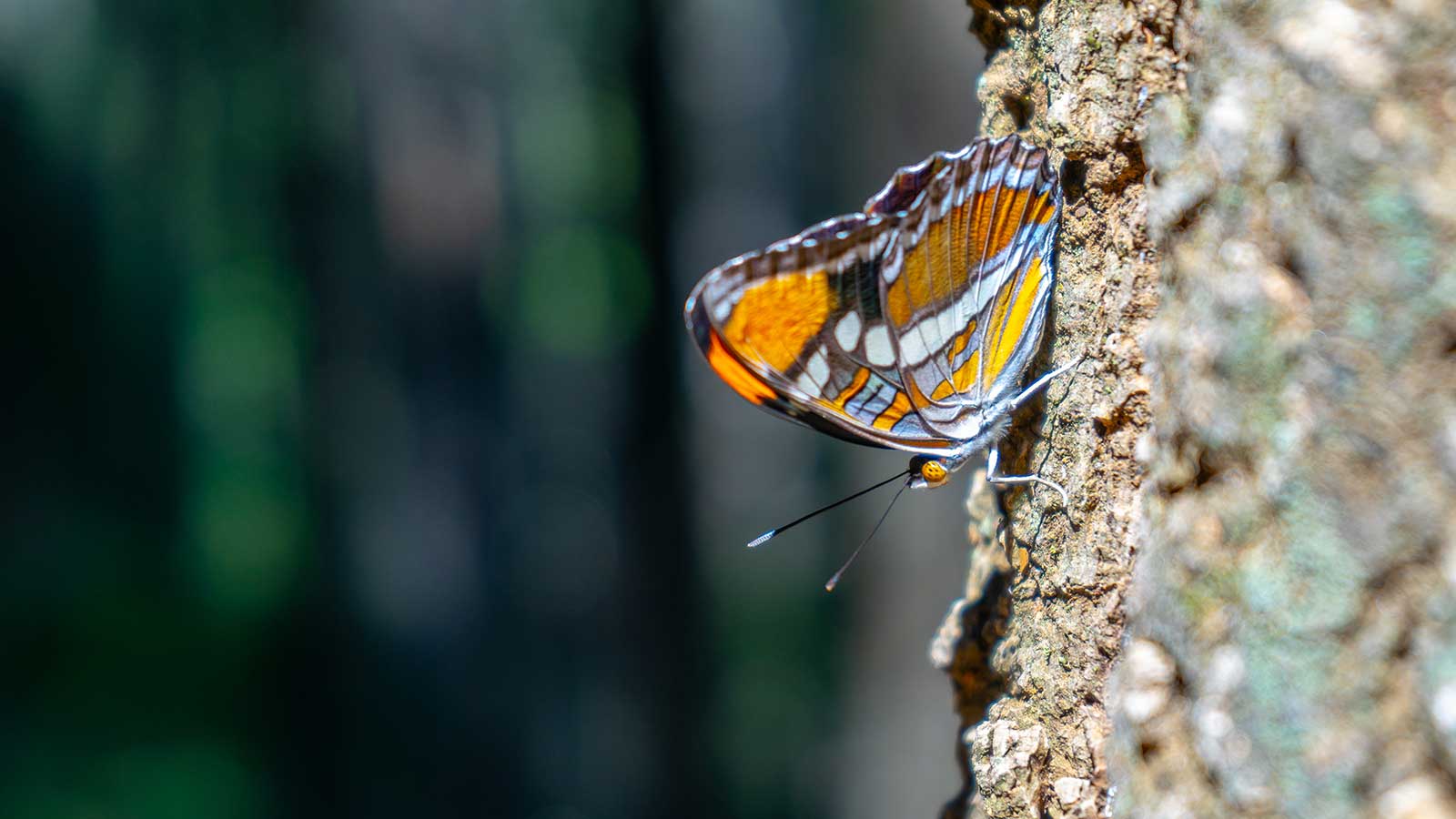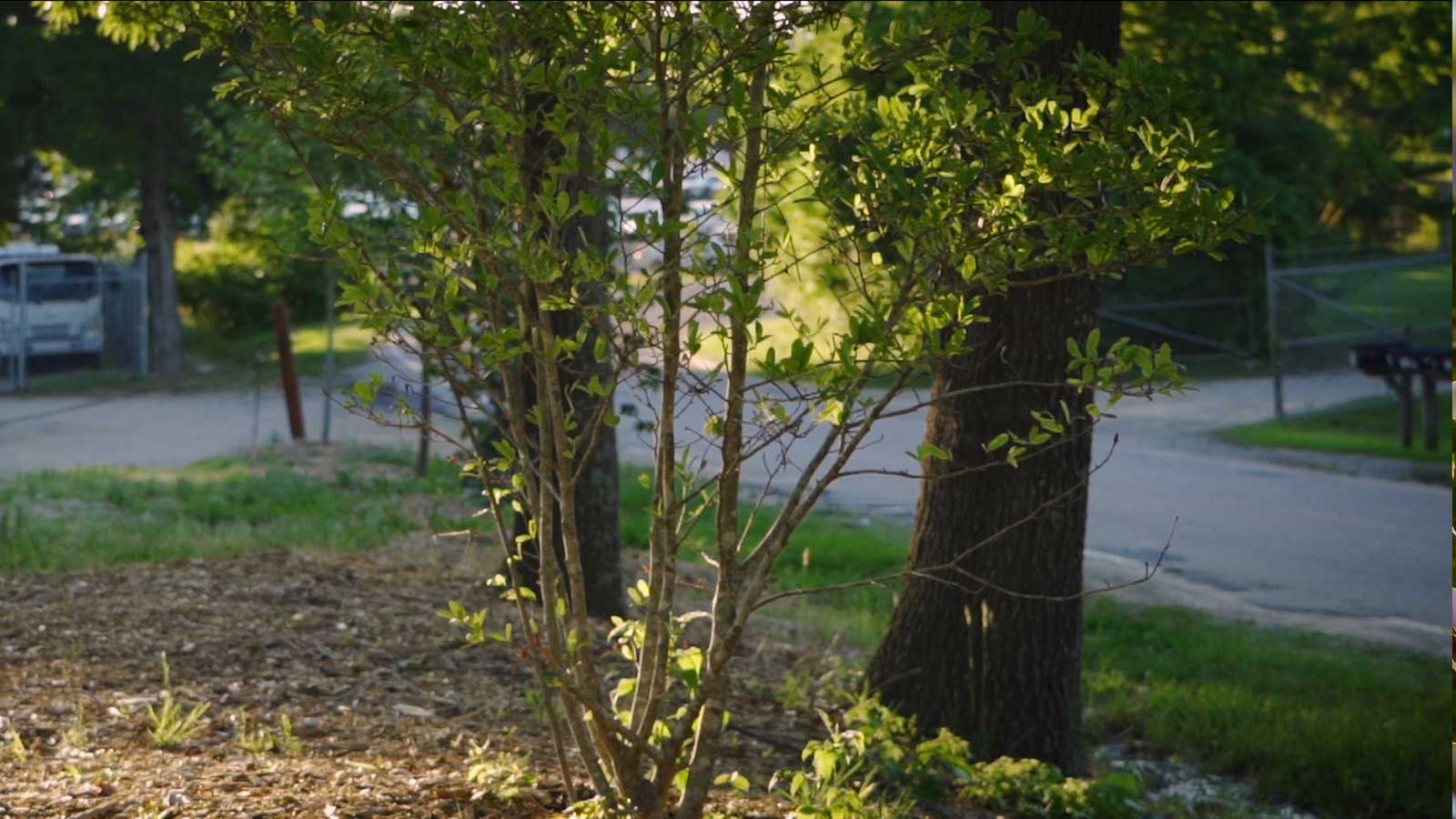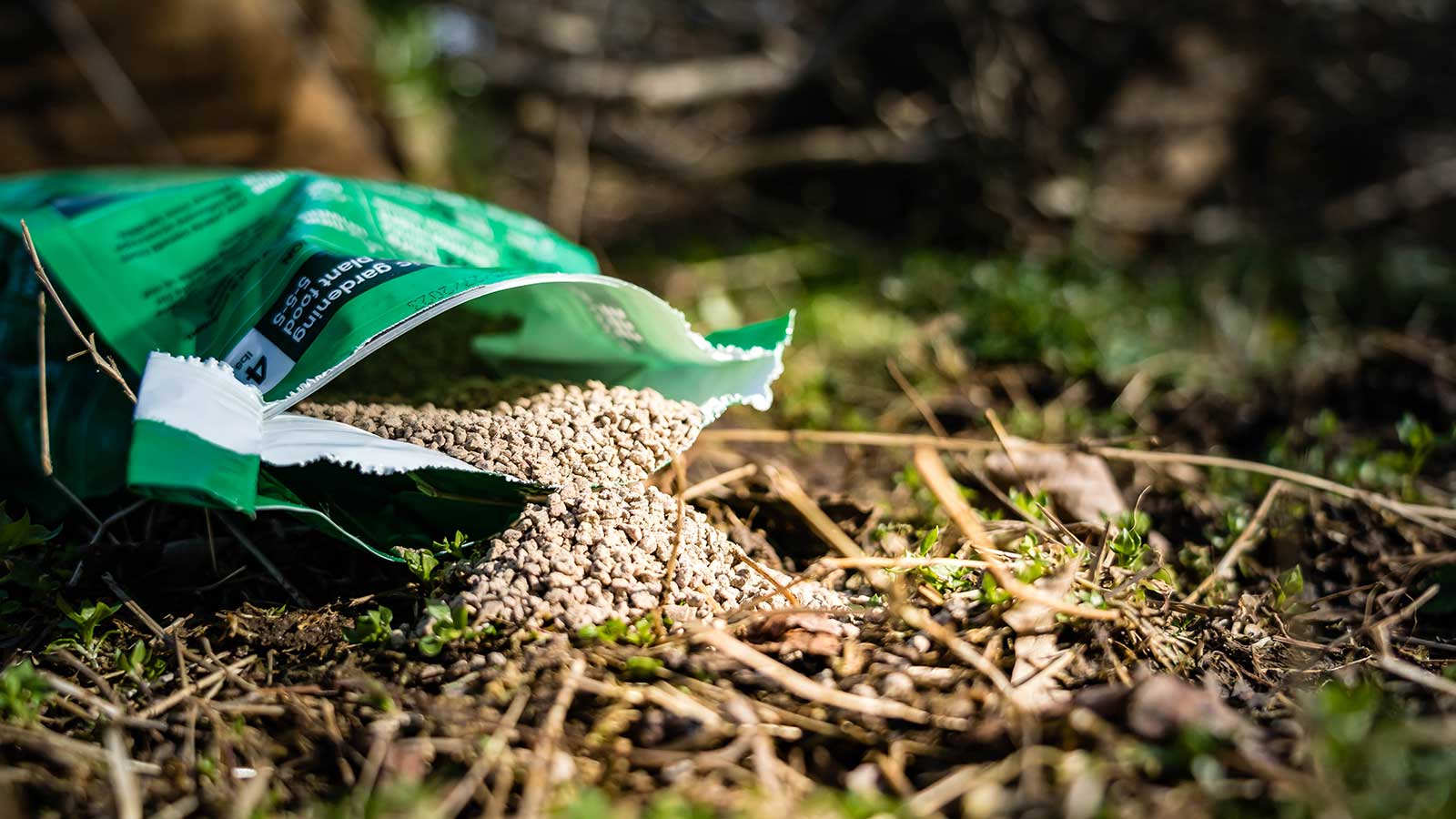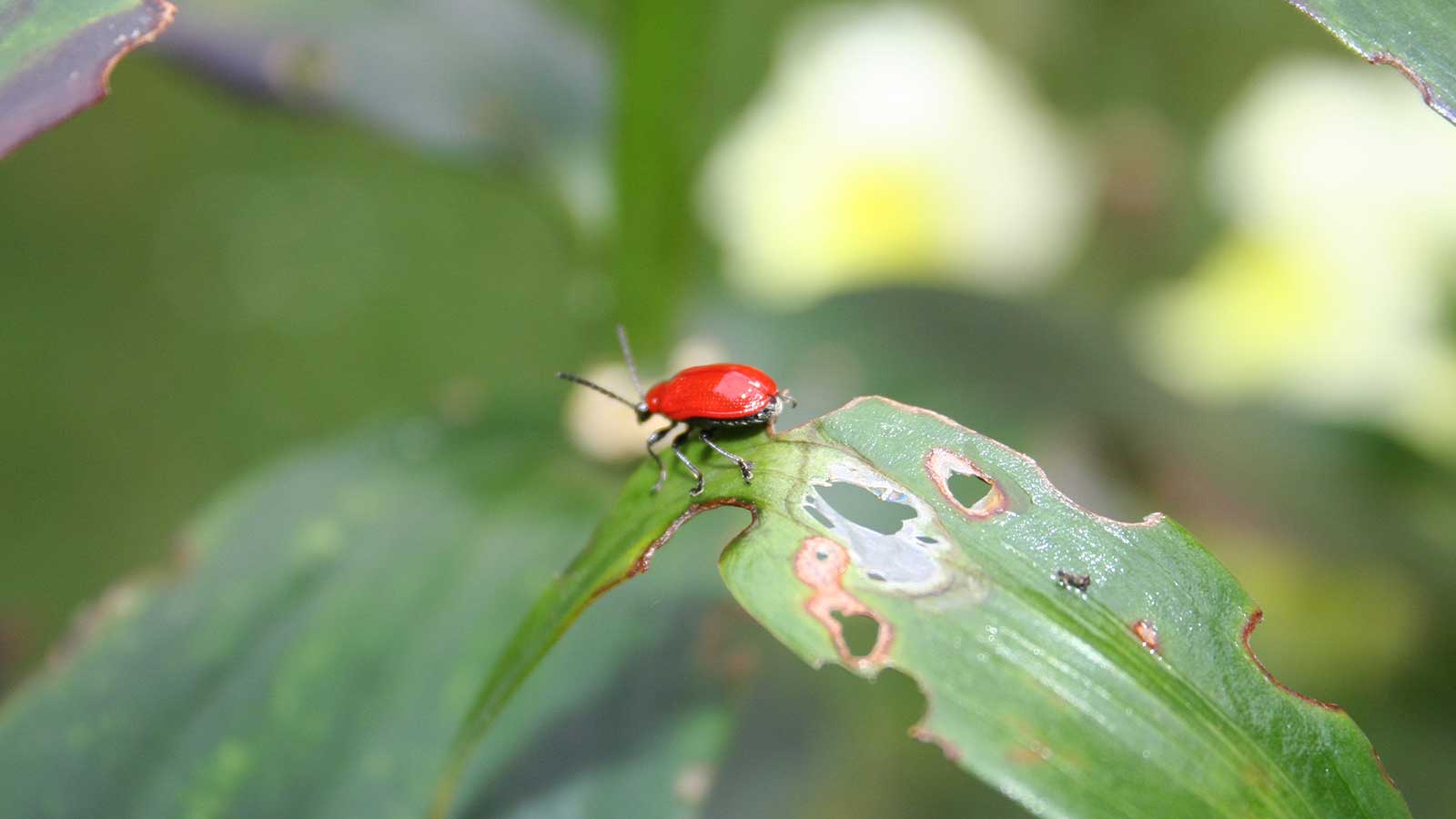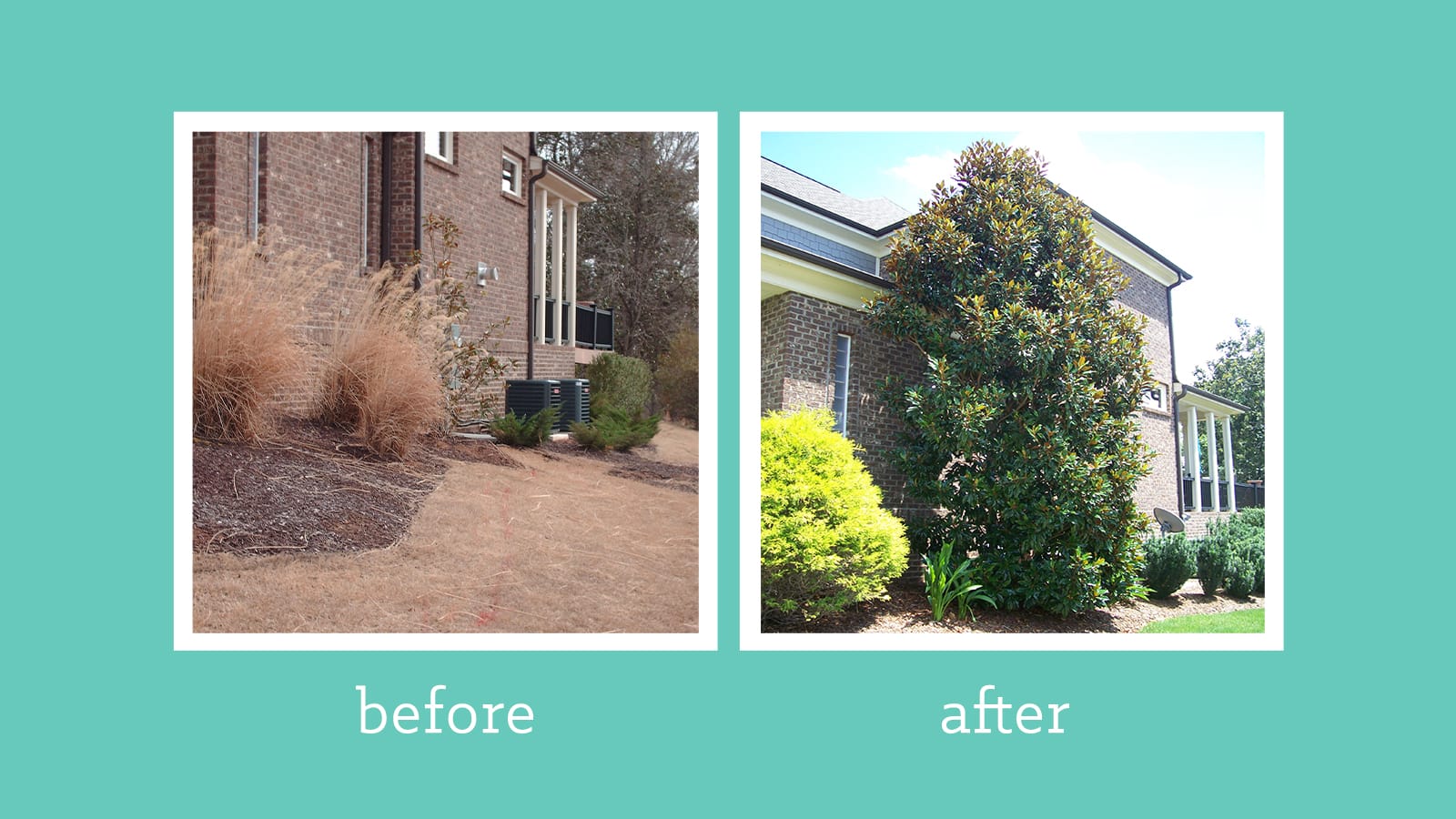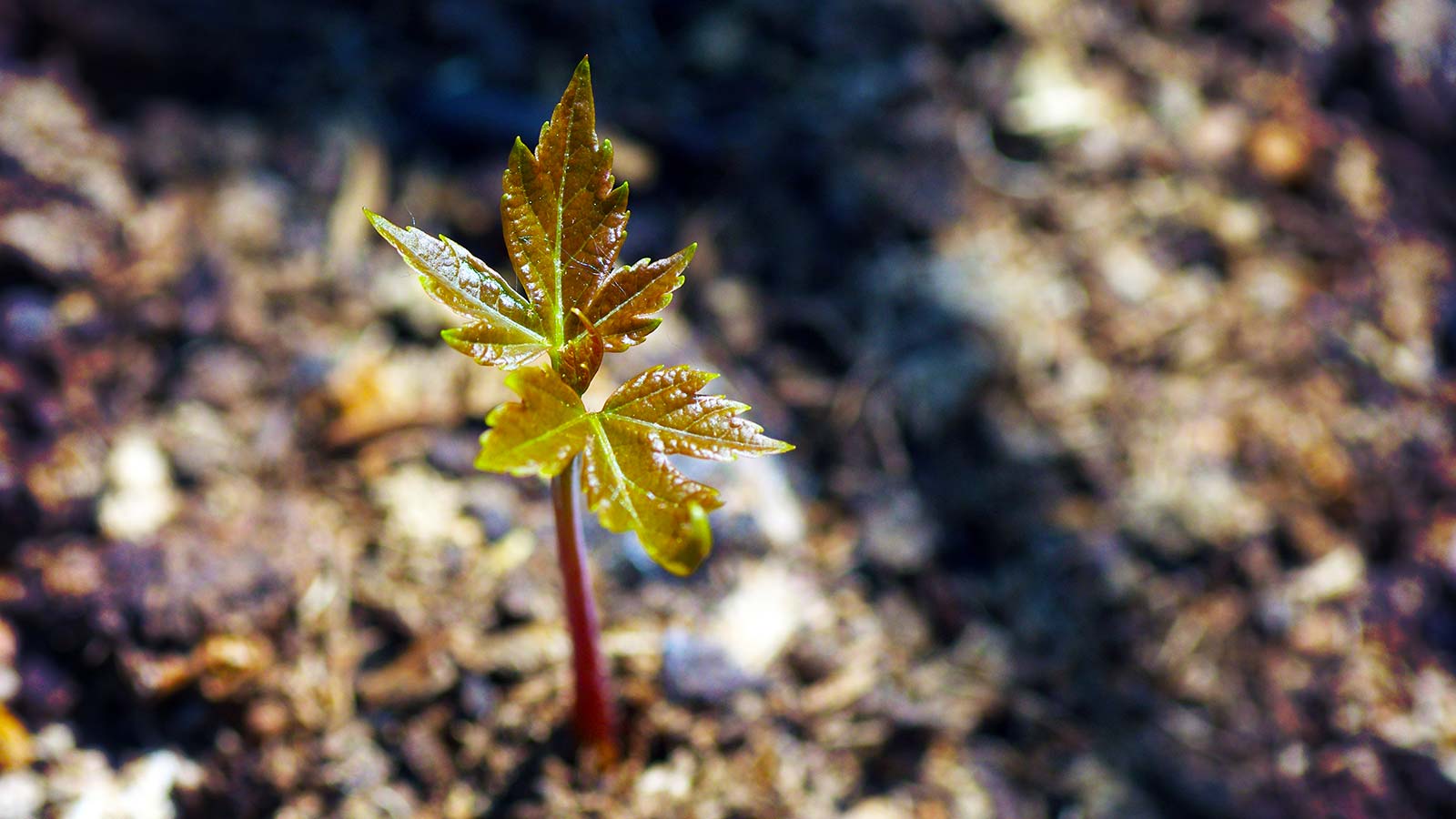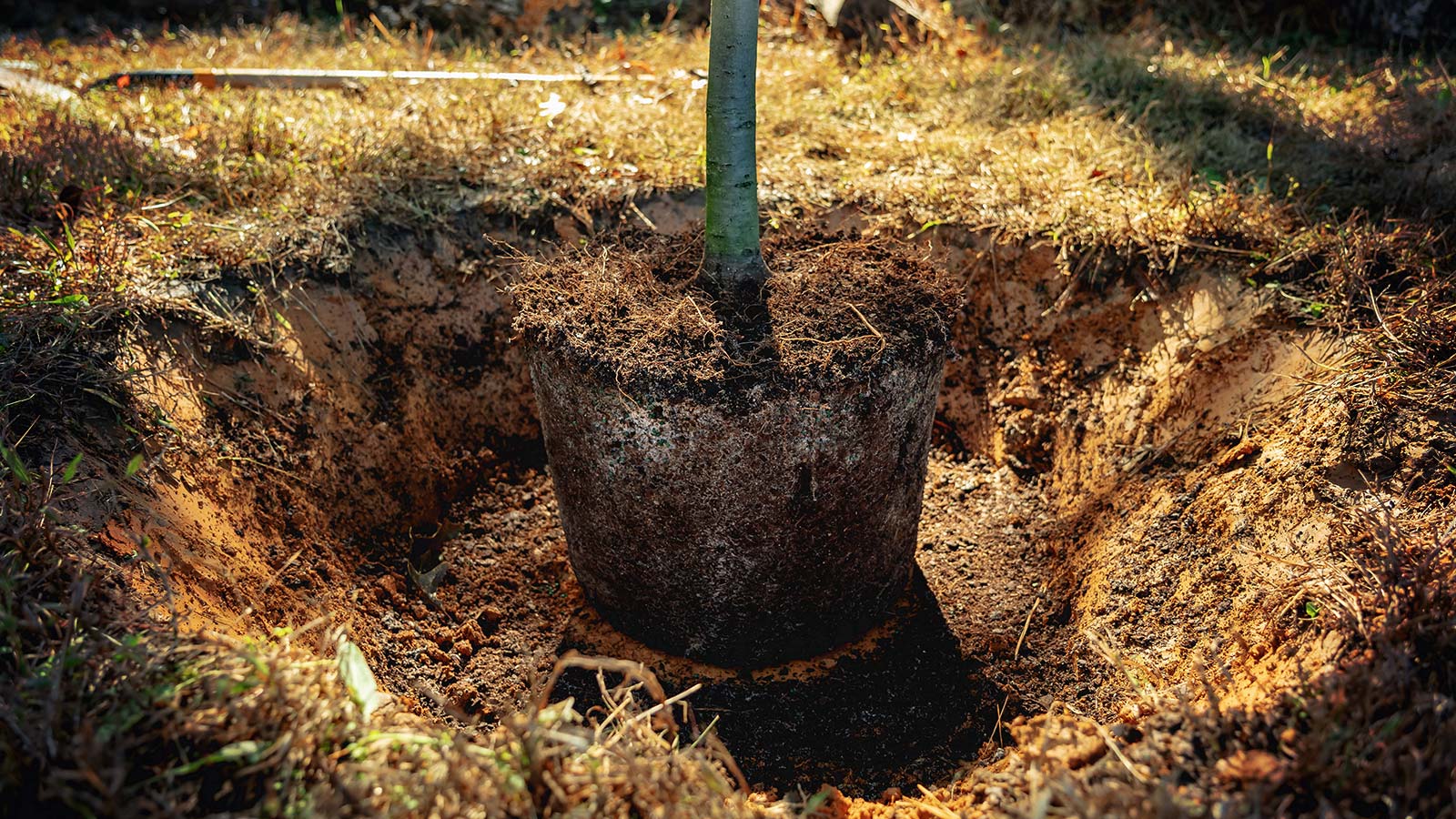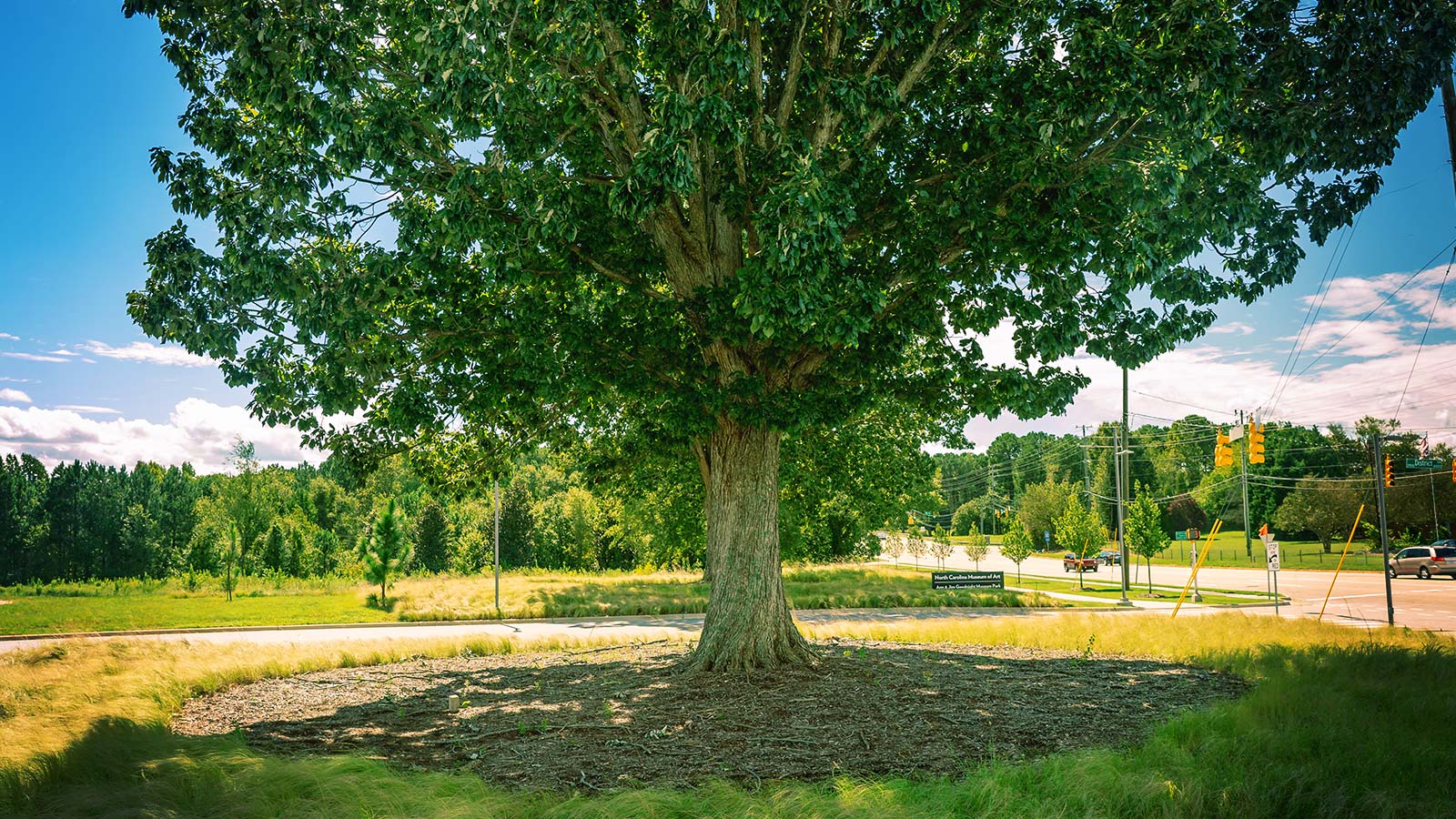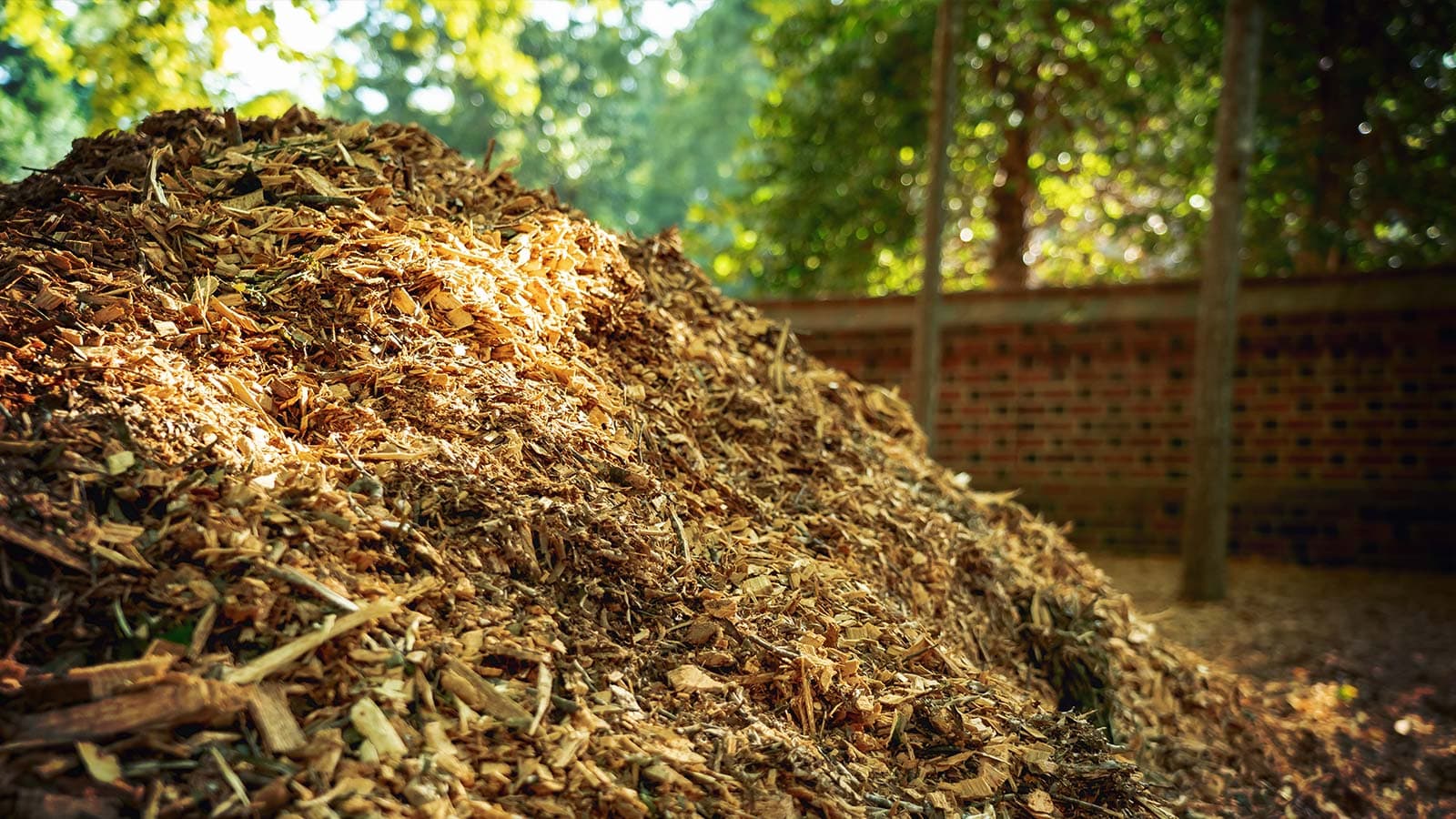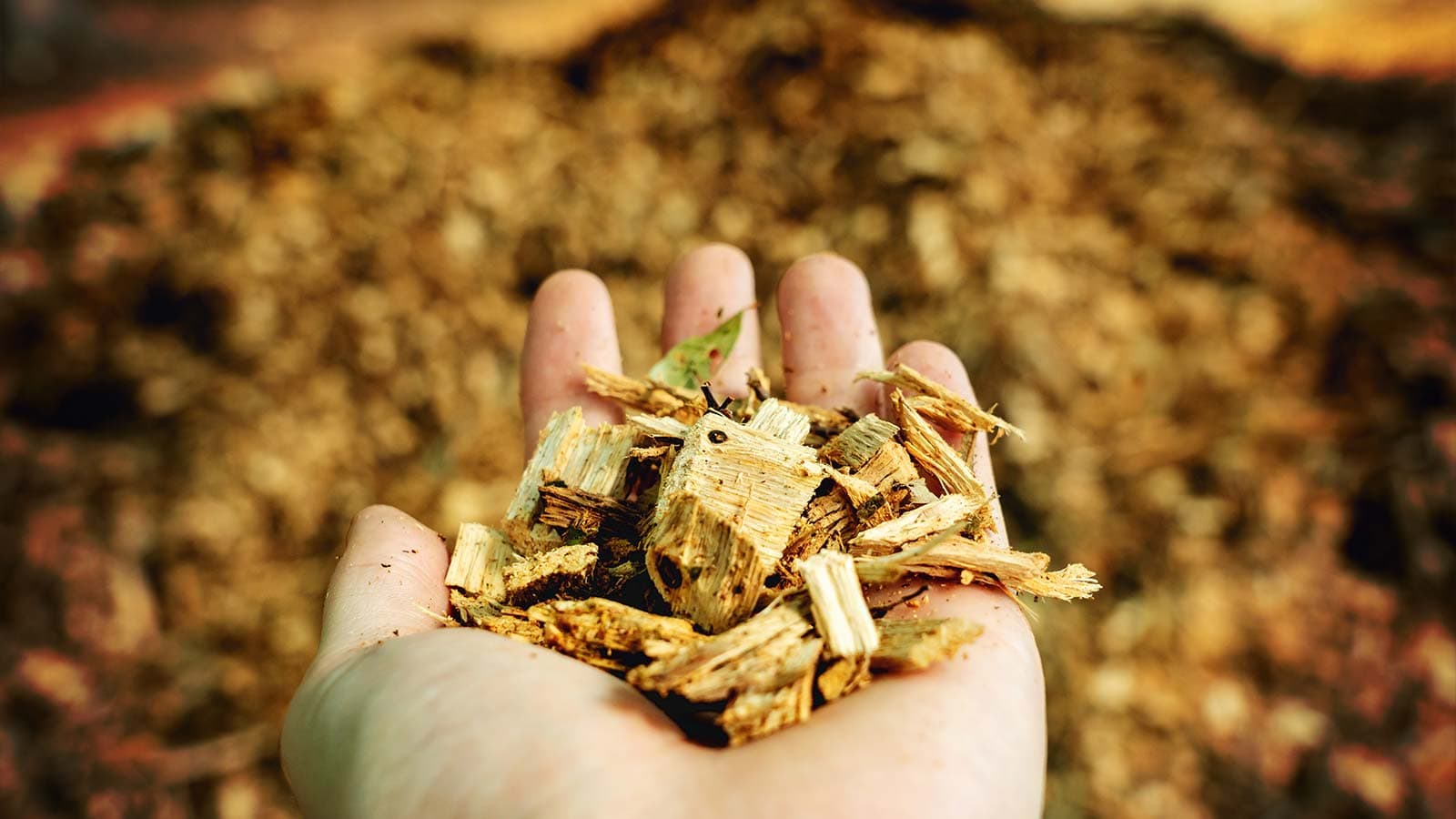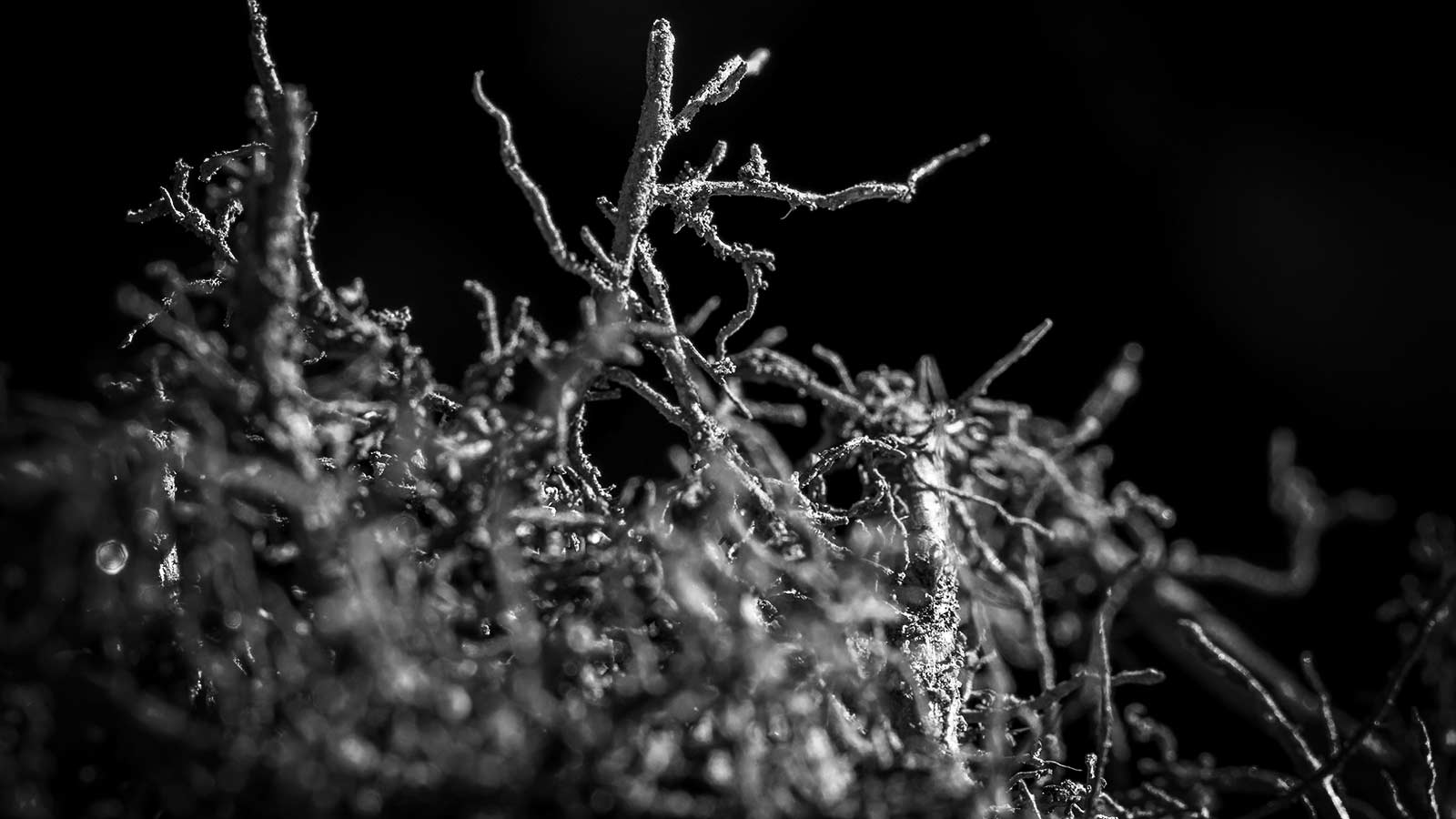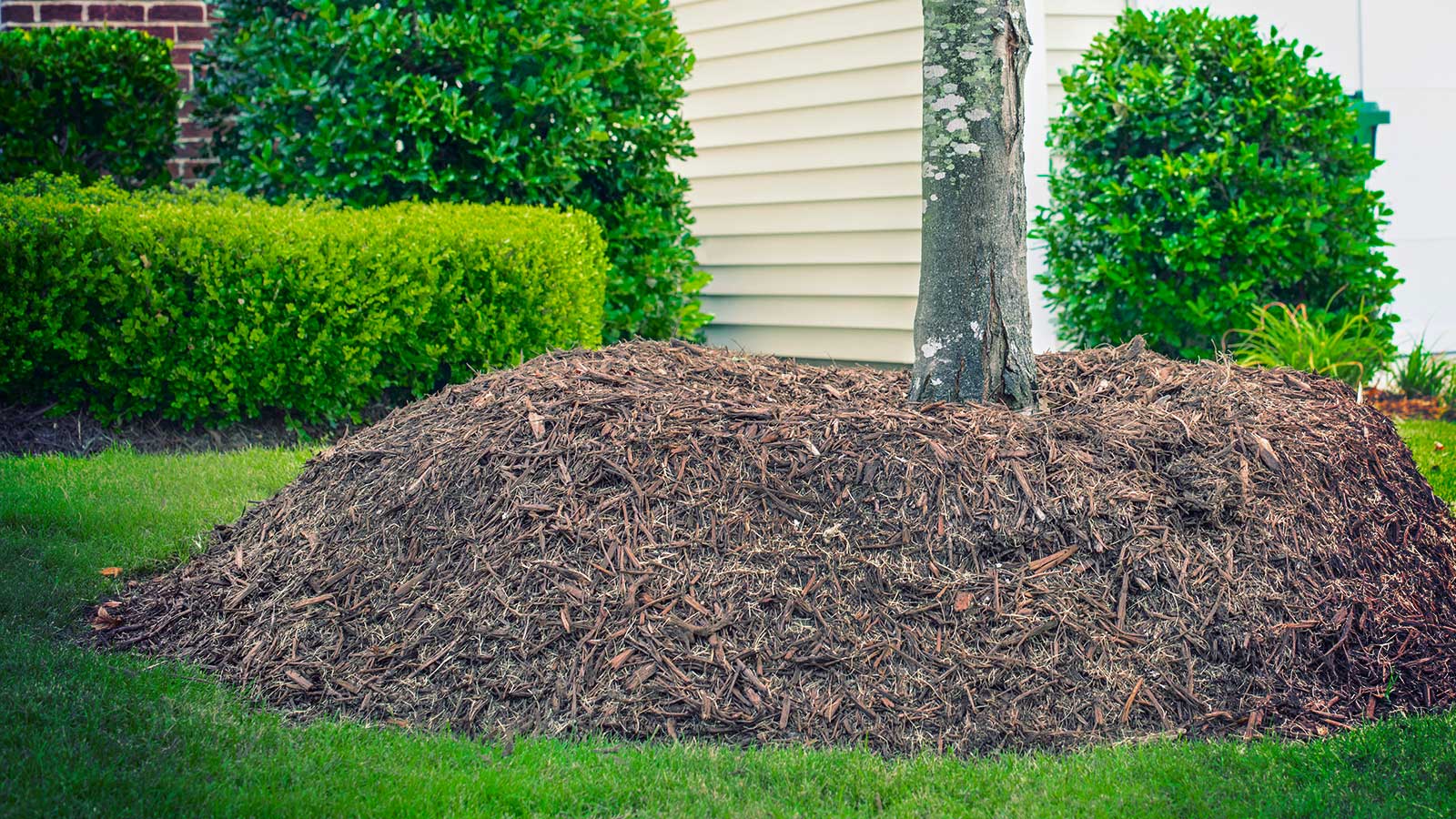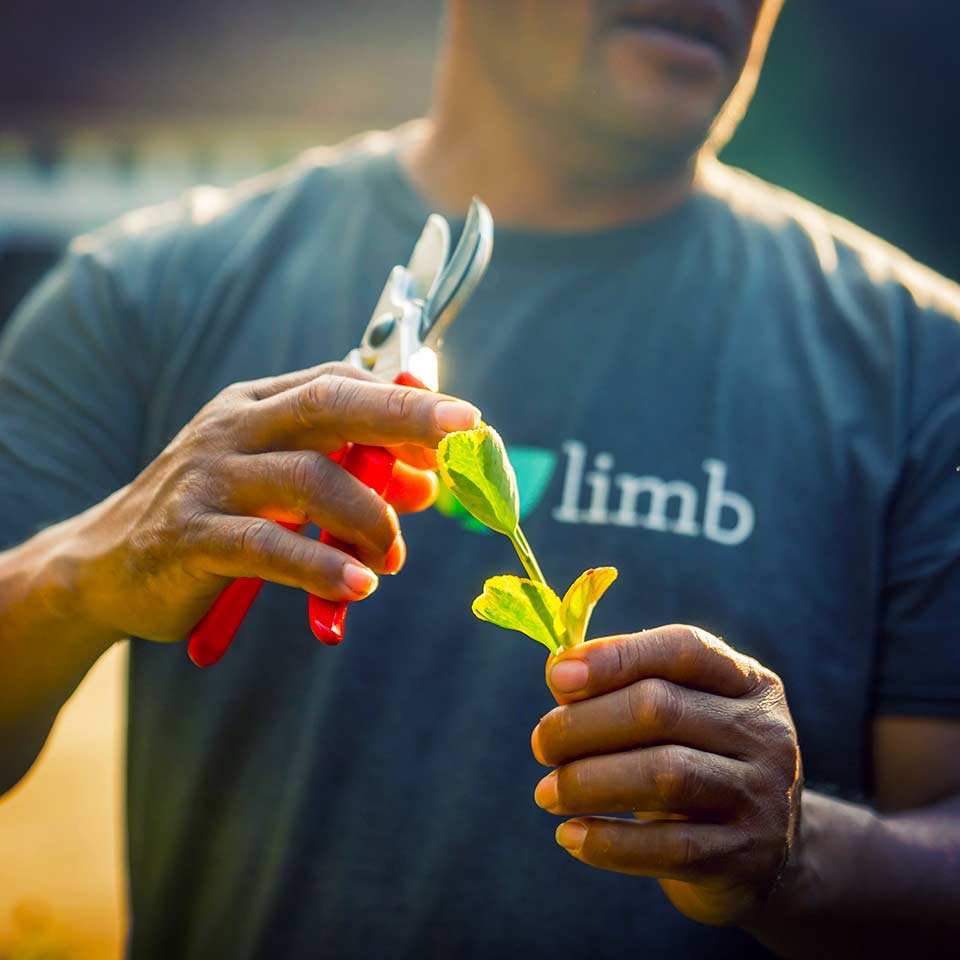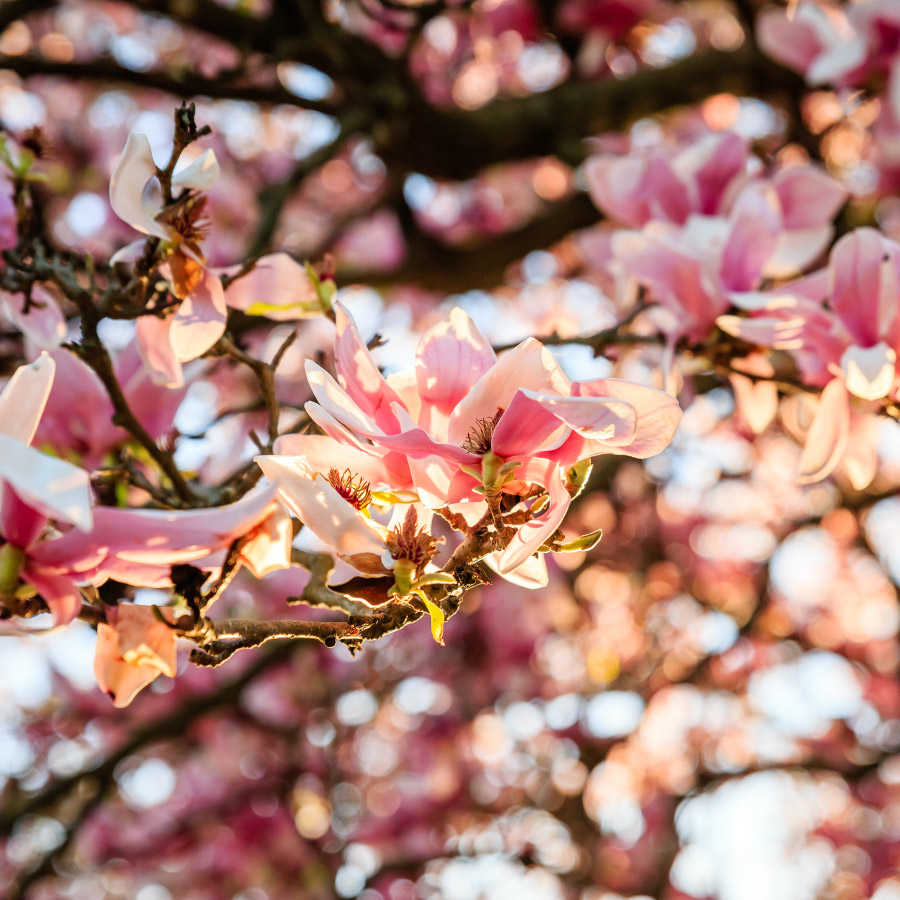Video | How to Perform Structural Pruning
This video will show you how to combine pruning cuts to properly prune your tree.
Hi, I'm Cedric.
When structural pruning, the first thing we need to do is establish a central trunk. Oftentimes, we will find multiple trunks present, which creates a weak point and is more likely to fail. With one central trunk, the tree is stronger and less likely to fail. What we need to do is eliminate all but one trunk so it remains healthy and strong.
So, how do we decide which trunk needs to remain and which trunk needs to be removed or reduced? What we're looking for is the larger, straighter, most upright trunk. Let's look at this red bud, for example. Here we have two competing trunks. Both are the same size. This trunk is growing more at a left angle, and is not as upright as this trunk, which is straighter and more in line with the lower trunk. This tells us that this trunk needs to be reduced or removed, and this trunk will remain.
With this trunk heavily reduced, we now have one central trunk, which will allow the tree to grow healthy and strong.
The next step in structural pruning is to remove or reduce bad branches. So, what is a bad branch? Bad branches are limbs that have grown to a diameter that is 50% or more than the diameter of the trunk. We're also looking for limbs that have a 45° angle or less relative to the trunk. So let's take a look at this Poplar. Here we have an overgrown limb that has a diameter that is more than 50% of the diameter of the trunk this needs to be reduced or removed. We're also looking for limbs that have a 45° angle or less relative to the trunk.
So let's go take a look at this limb over here. As you can see, the angle of this limb is growing at less than a 45 angle. This also needs to be reduced or removed.
In the final step of structural pruning, we want to make sure we have good Branch spacing. This means we don't want to have branches growing too close to each other. We don't want too many limbs originating from the same horizontal plane, and we don't want limbs to be growing too close to each other on a vertical plane. So, how do we decide which limbs need to be removed and which limbs will remain? Ideally we're looking for limbs that are growing at a 90° angle from the trunk and we want to remove the larger Limbs and keep the smaller limbs.
So, let's take a look at this tree, for example. Here in the bottom of the canopy, you can see we have good branch spacing. Now as we move up into this canopy, we have three limbs that are originating from the same horizontal plane. We have a limb right here, we have a limb right here, and we have this limb. So we're looking for a limb that is growing closest to 90° angle, and is smaller. These two limbs are larger than this one, and this one is growing at more of a 90° angle. So we will remove this limb, and this limb and we will keep this limb.
Now as we go up into the canopy, we see two limbs that are growing close to each other, on the vertical plane. One of them needs to be removed, and we're looking for a limb that's growing closer to a 90° angle and is smaller. This limb will be removed because it's a little larger, and its angle is less than 90°. Whereas this limb is smaller, and has a better angle. We'll remove this one, and this one will remain. We will continue to do that throughout the canopy until all the limbs have been addressed. This will ensure that the tree will live a long and healthy life.









